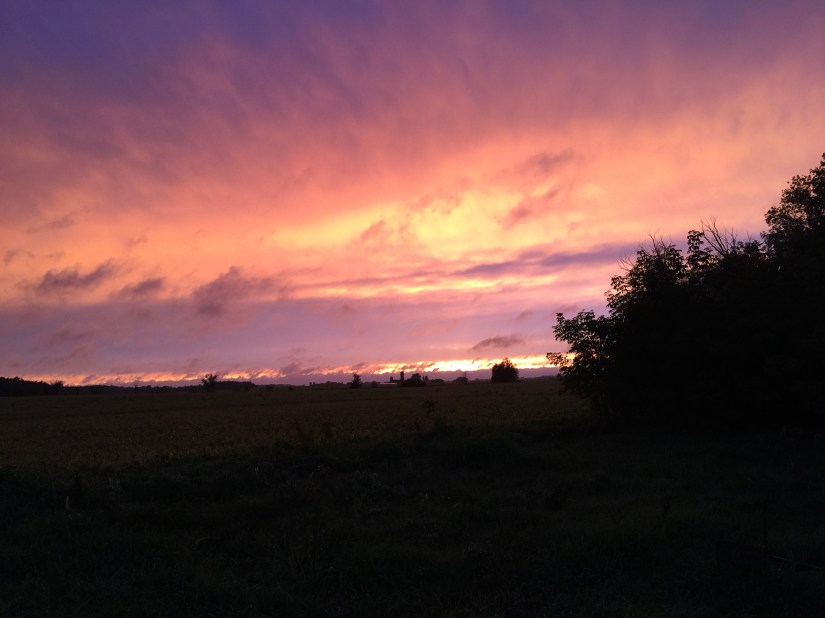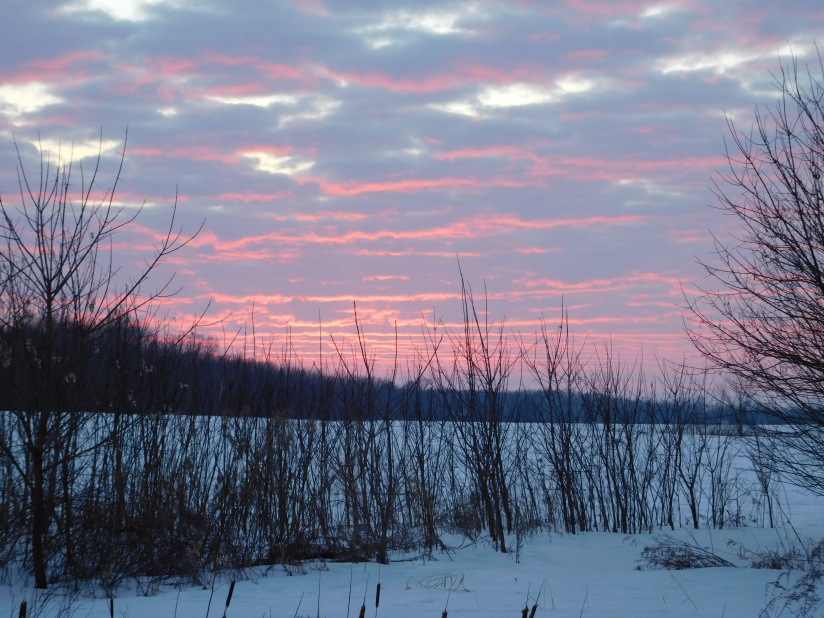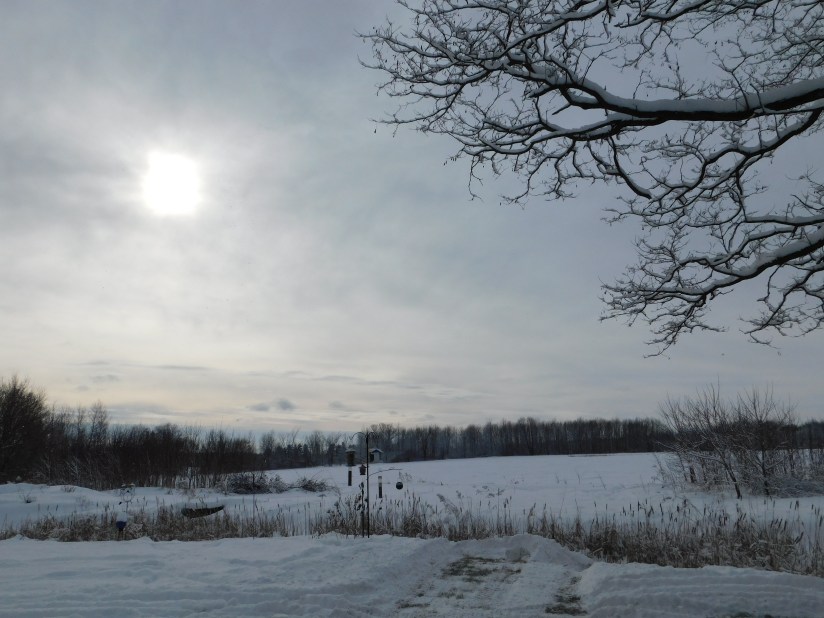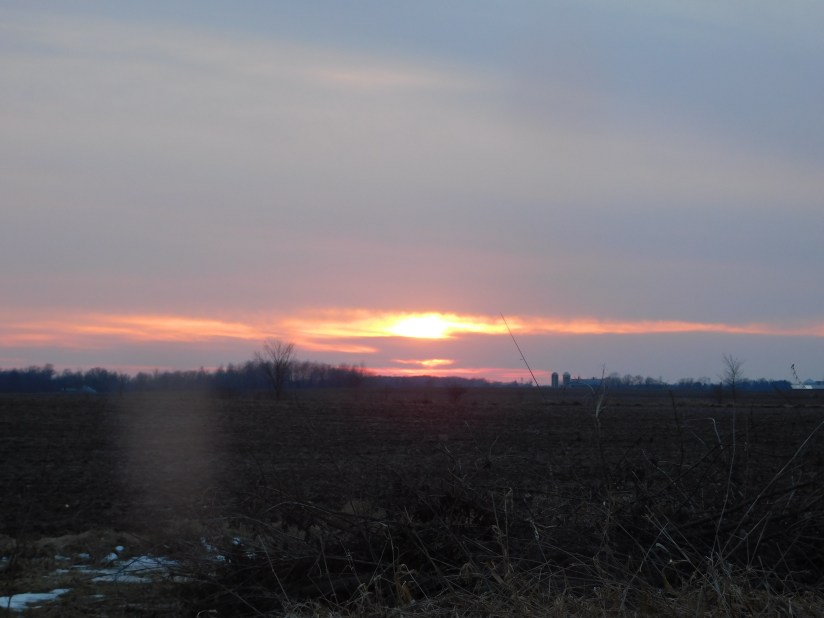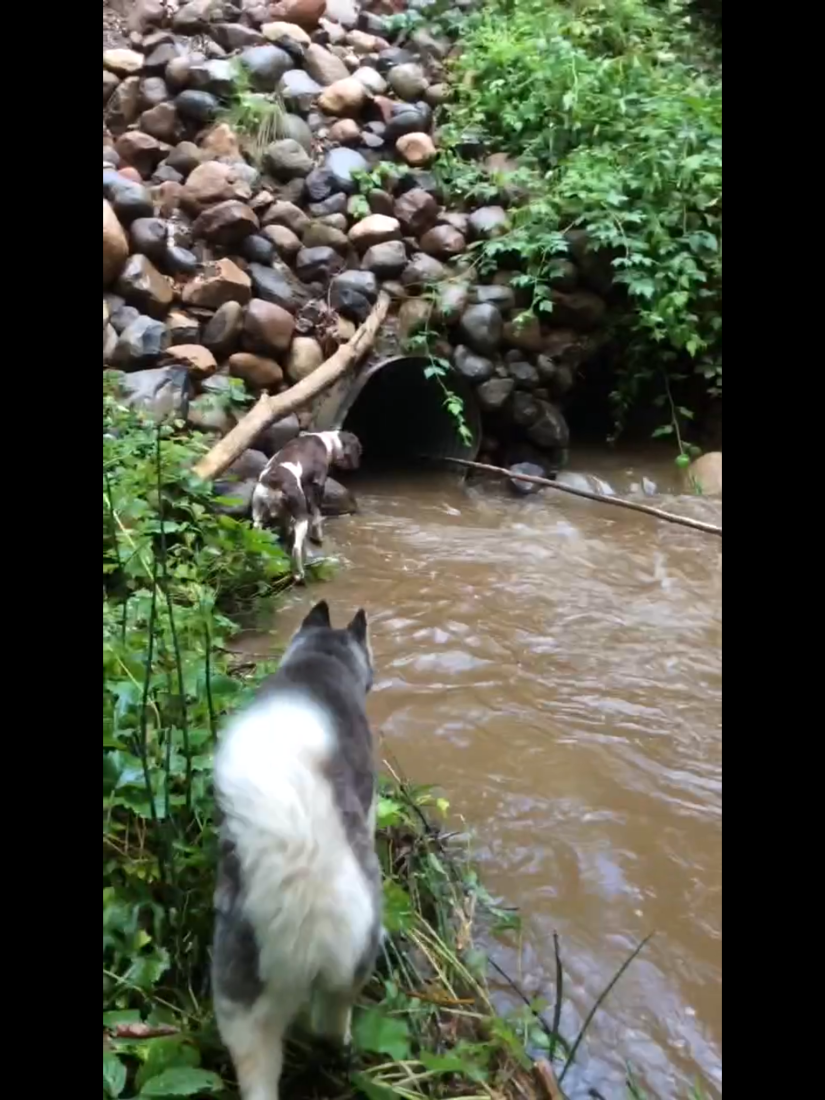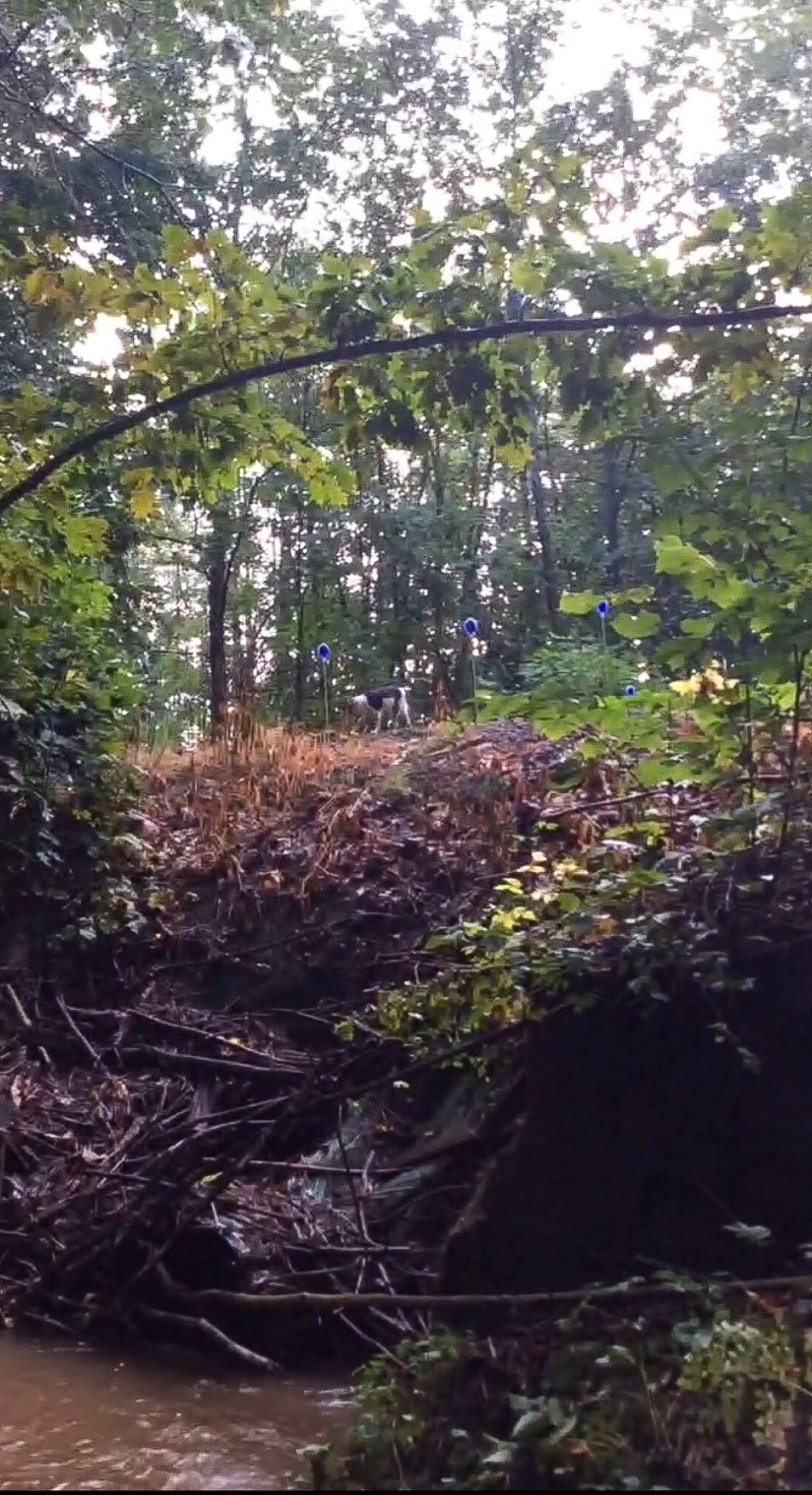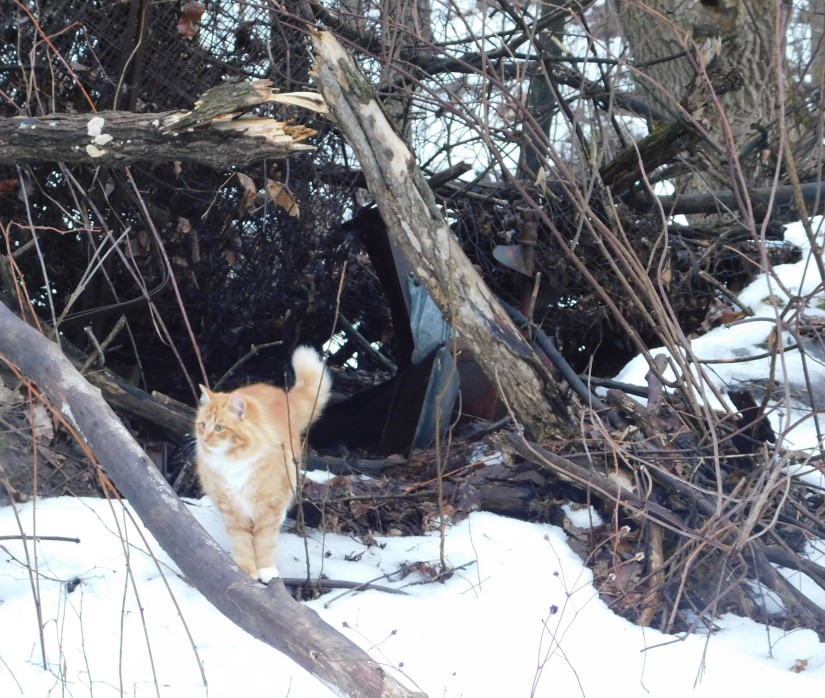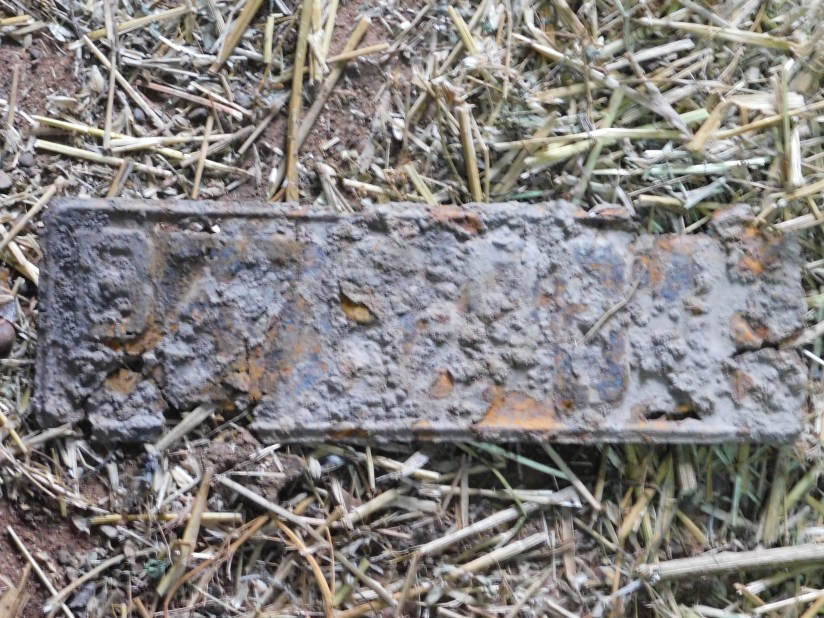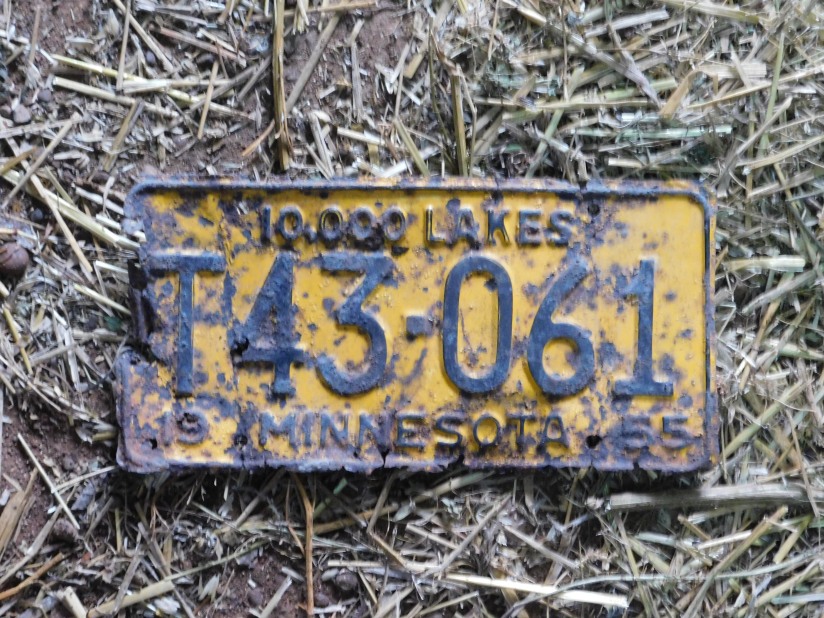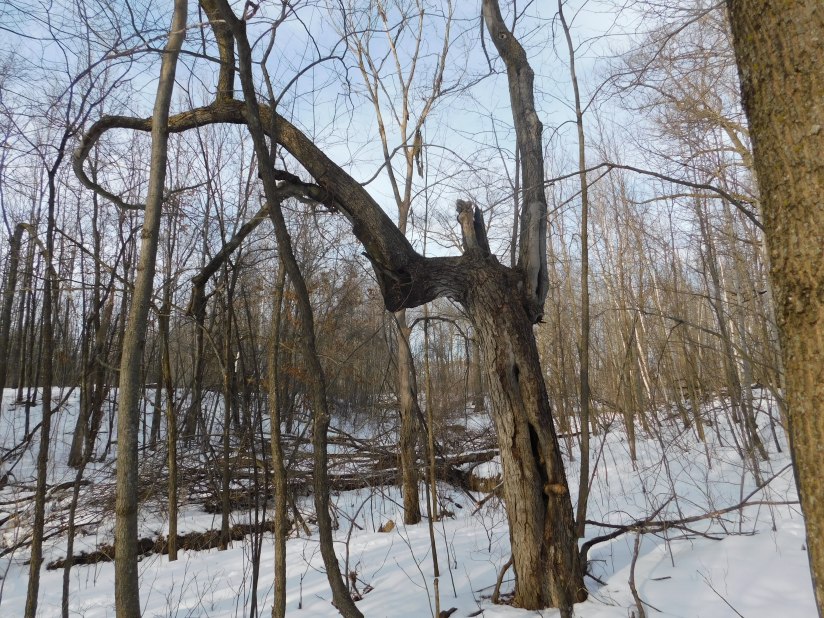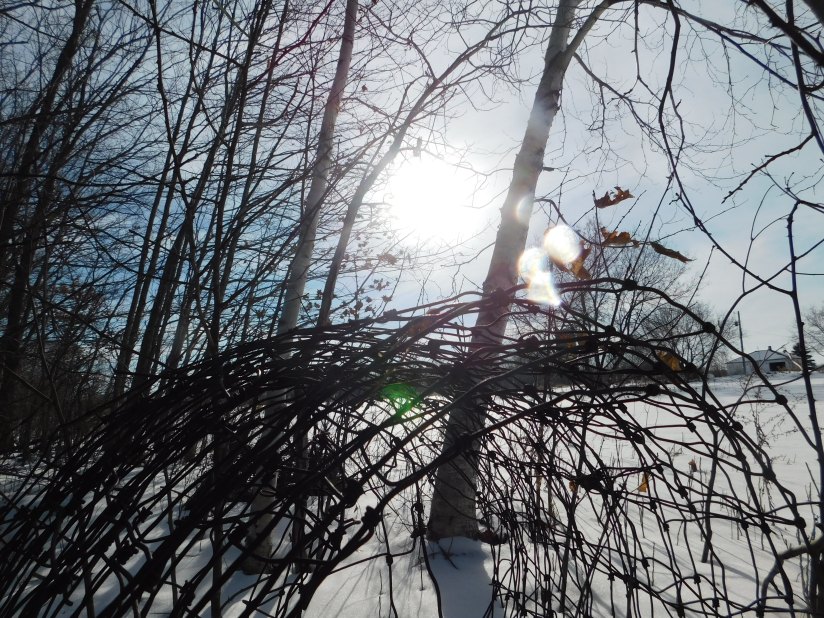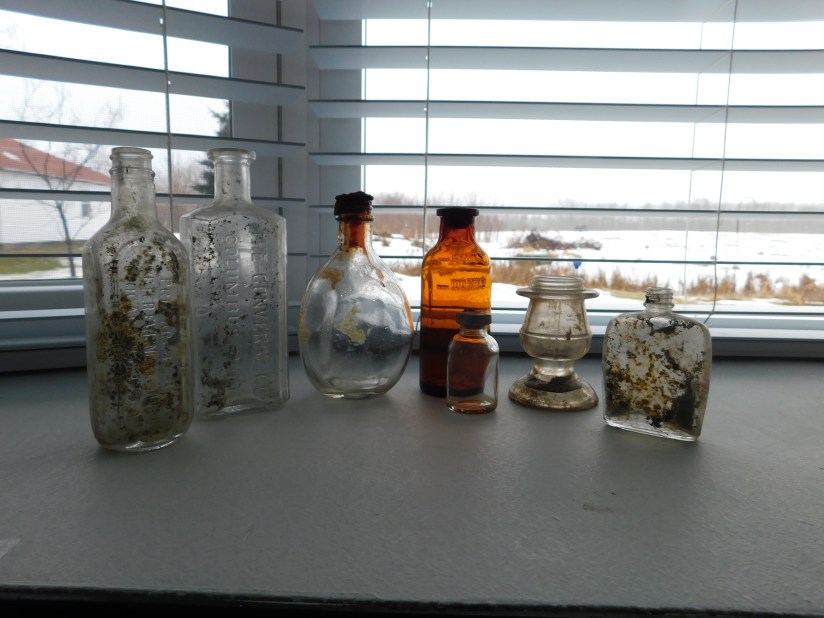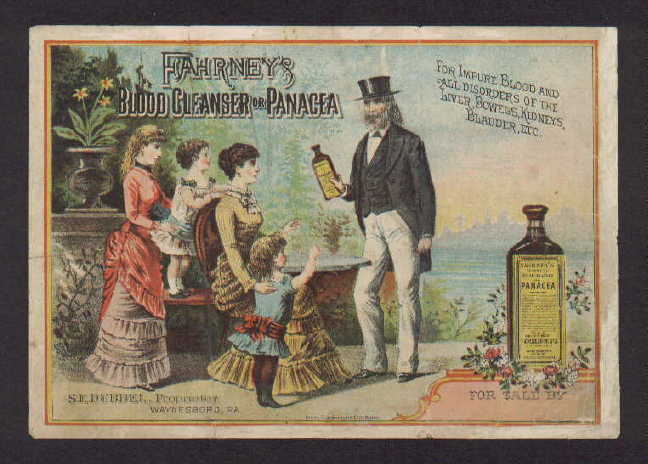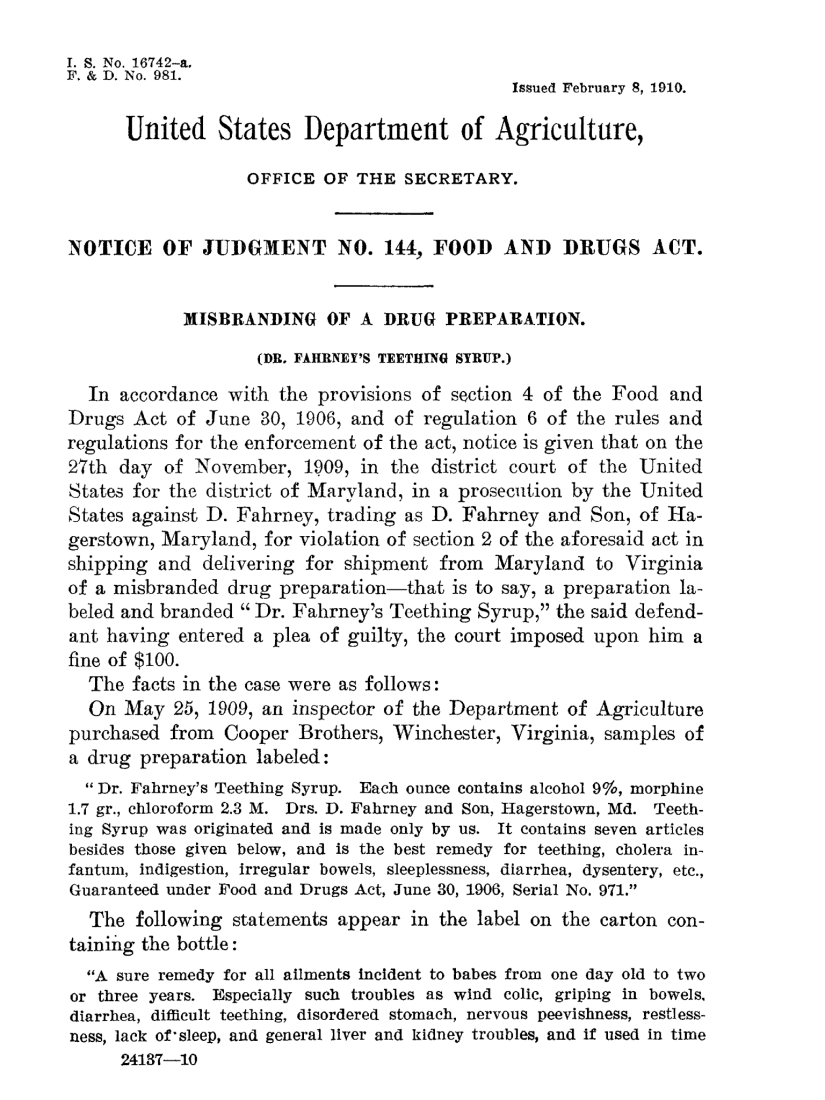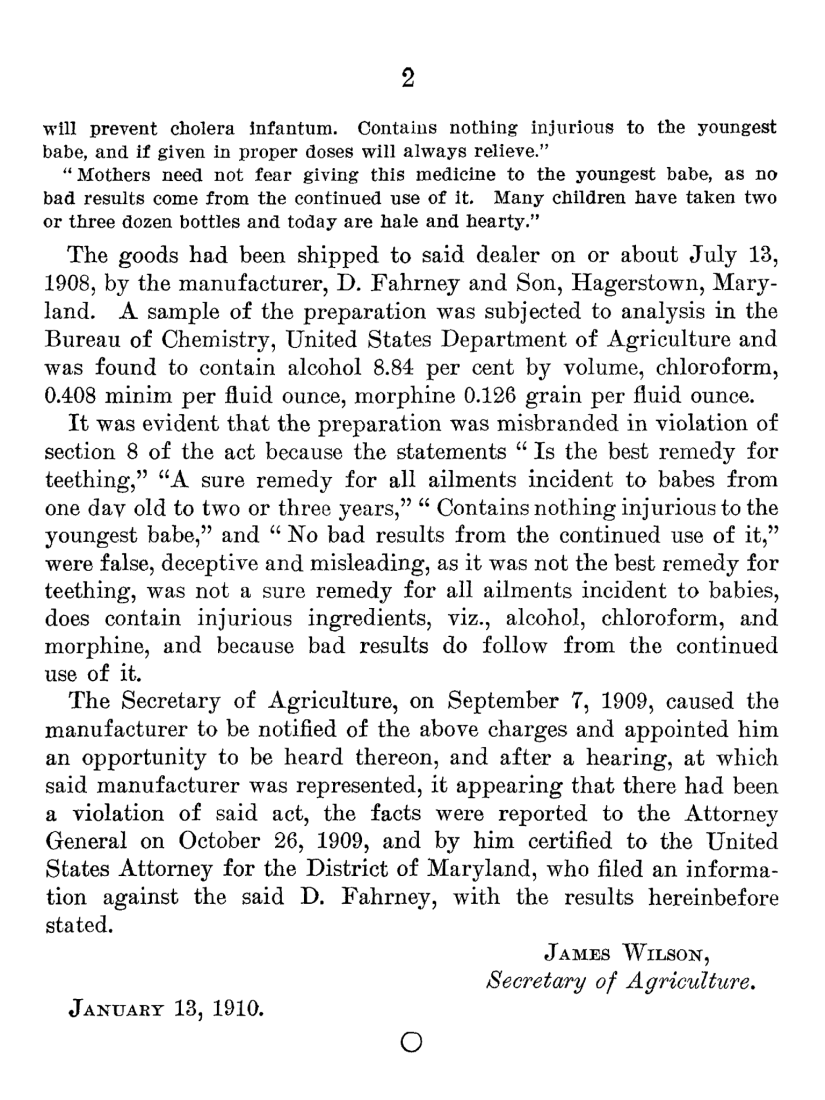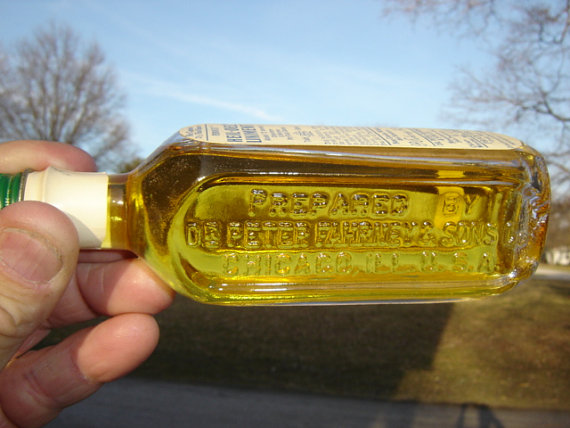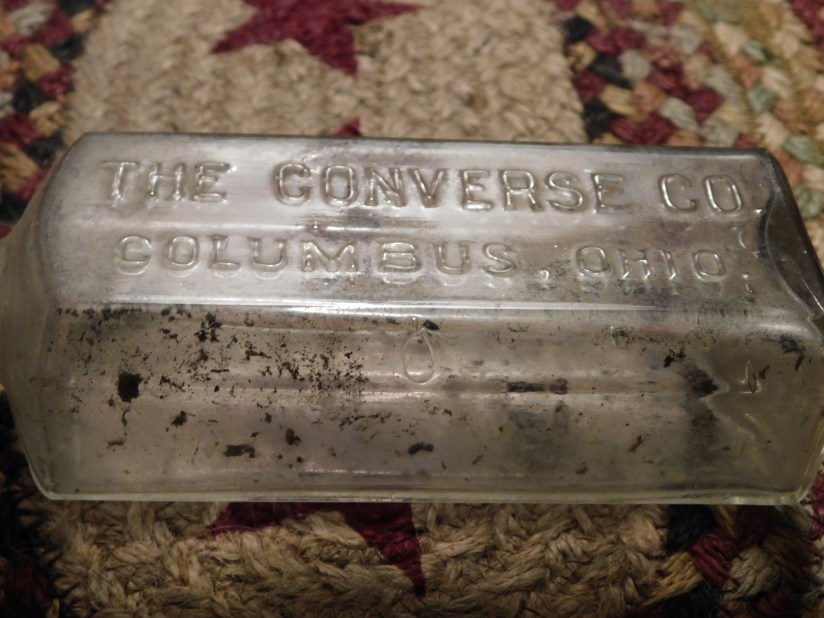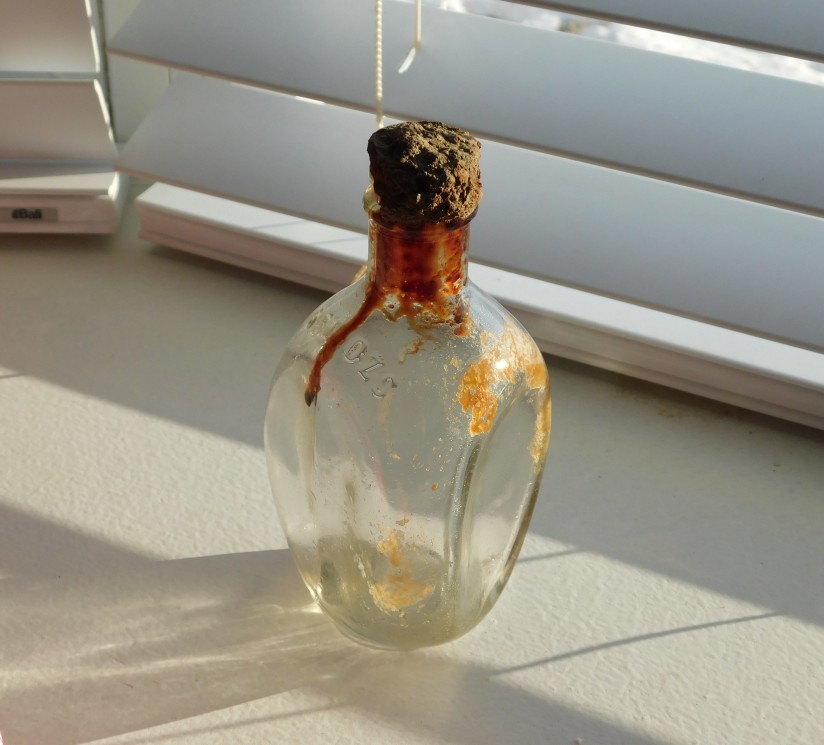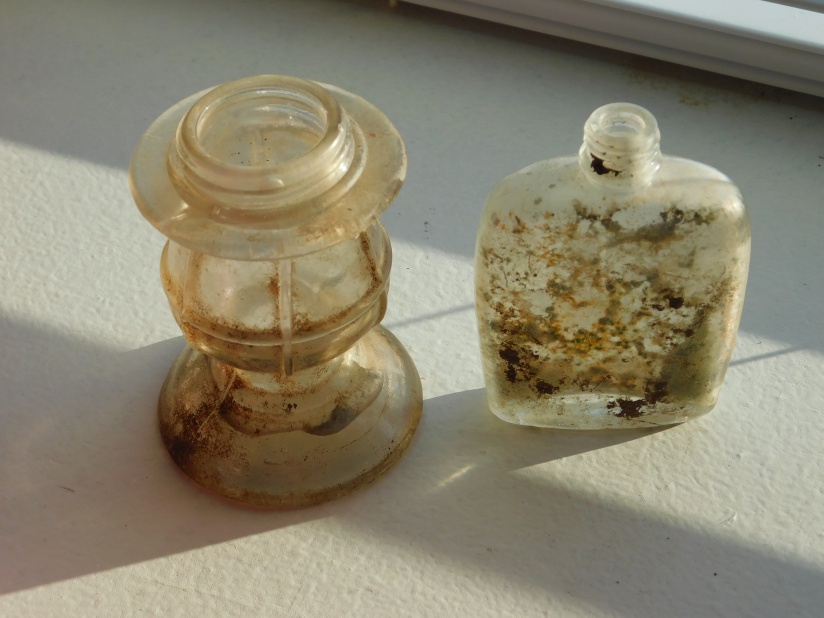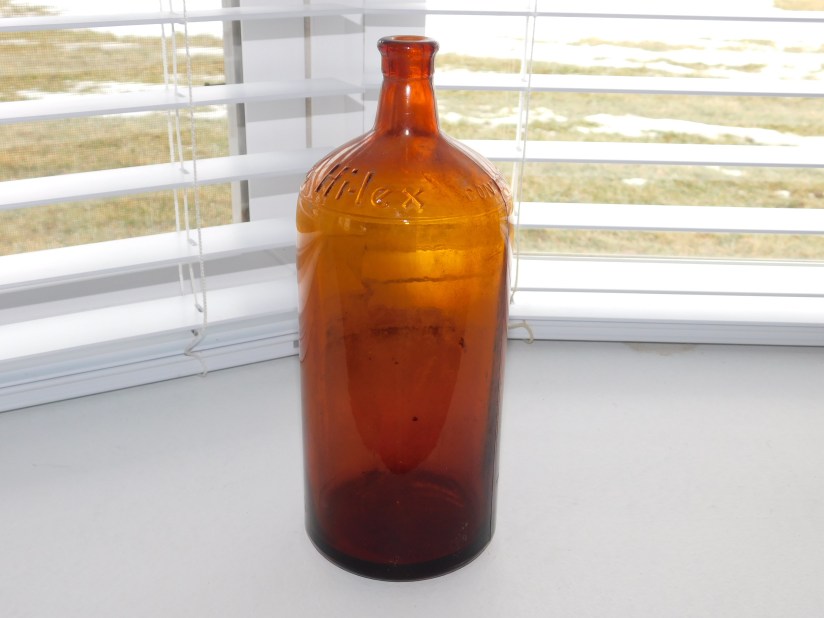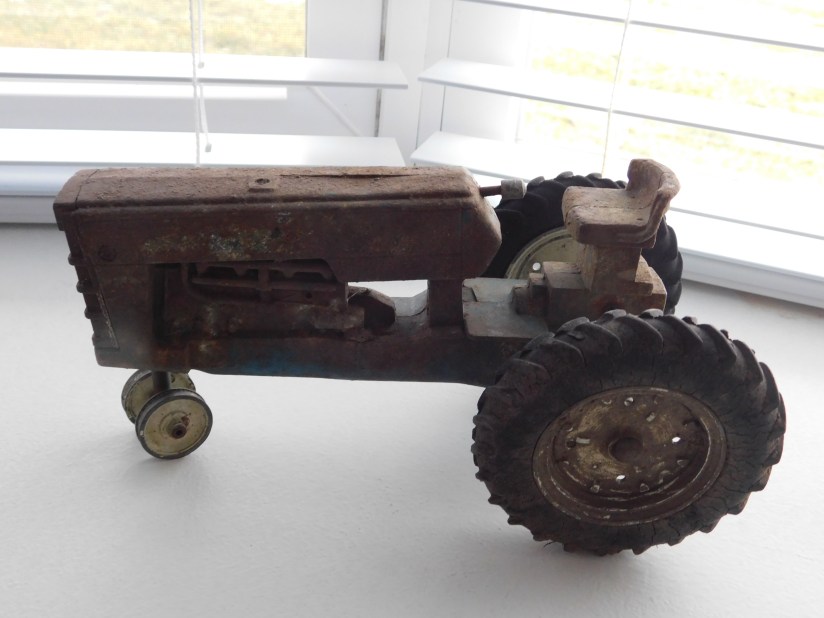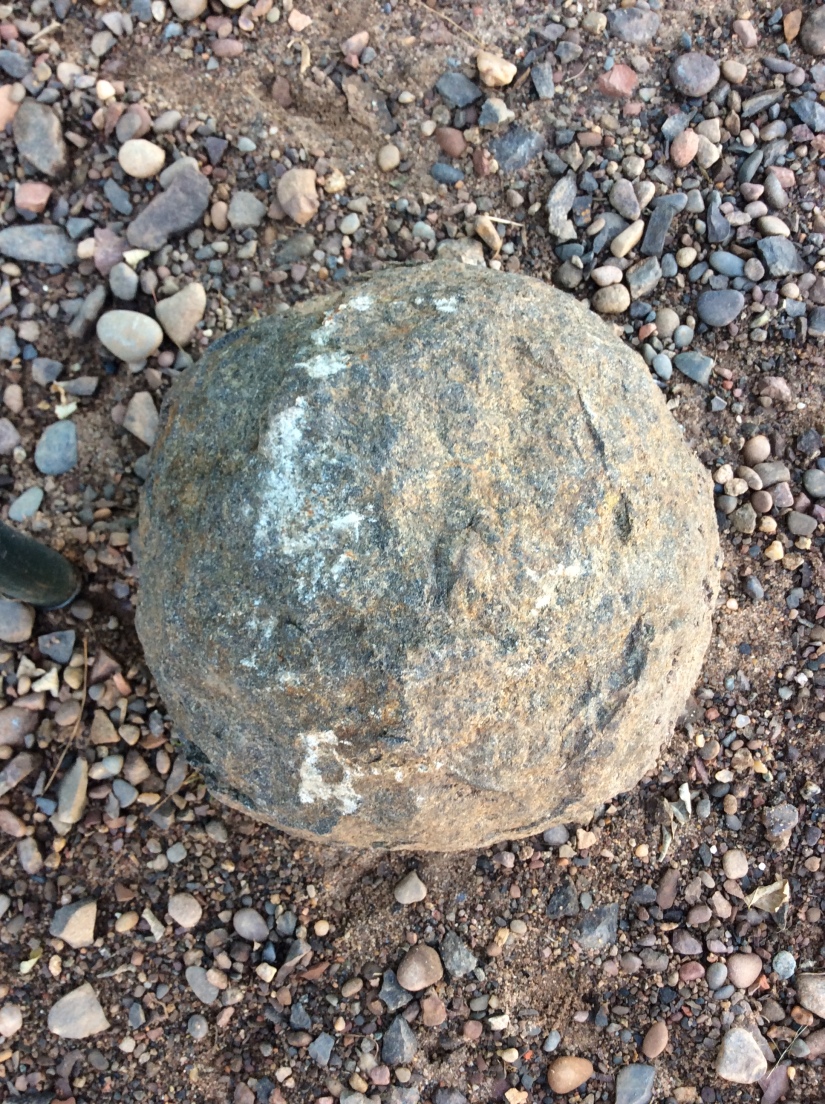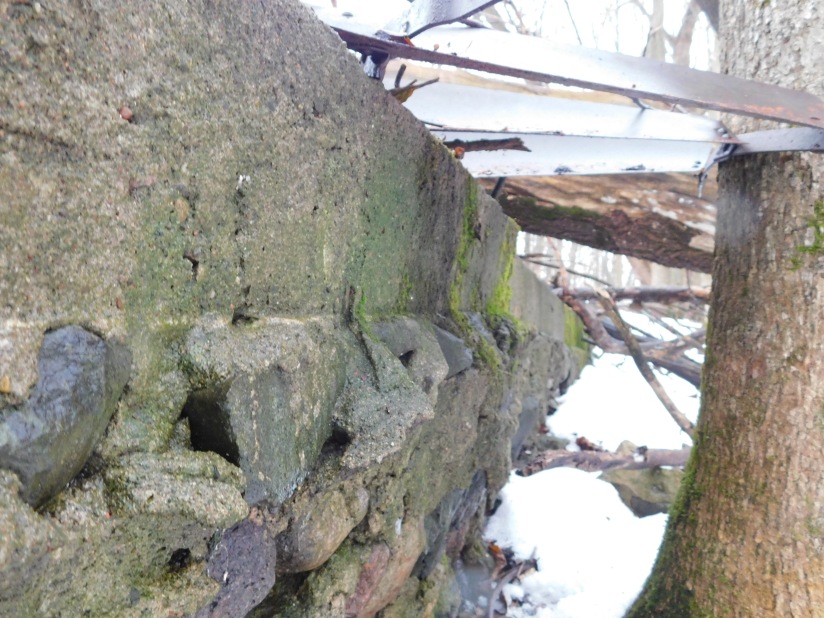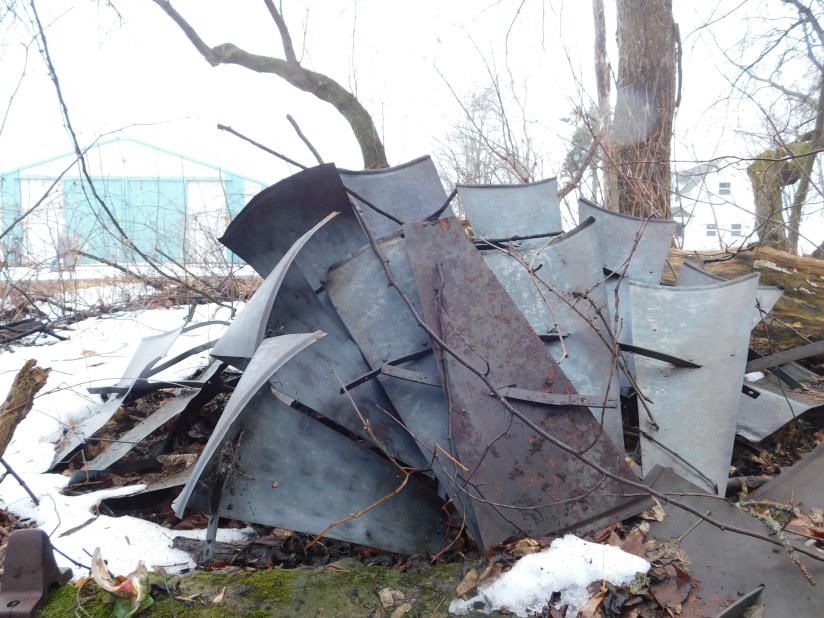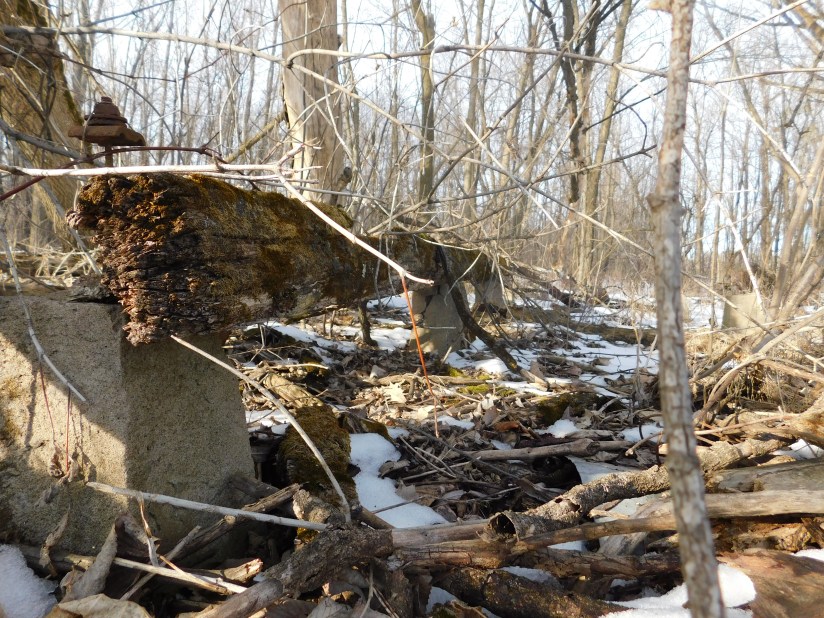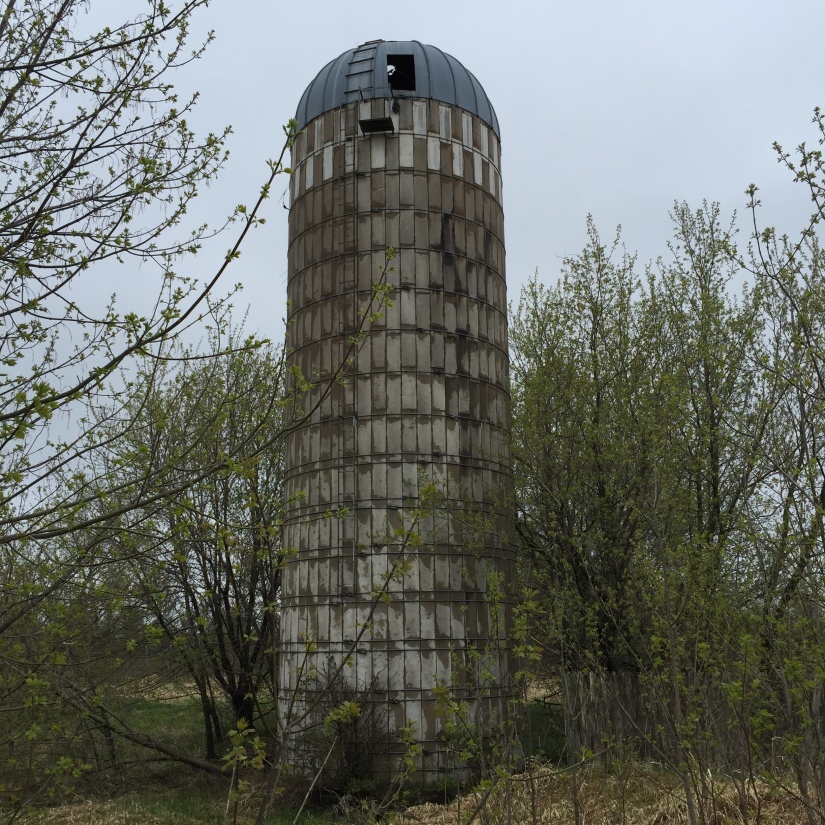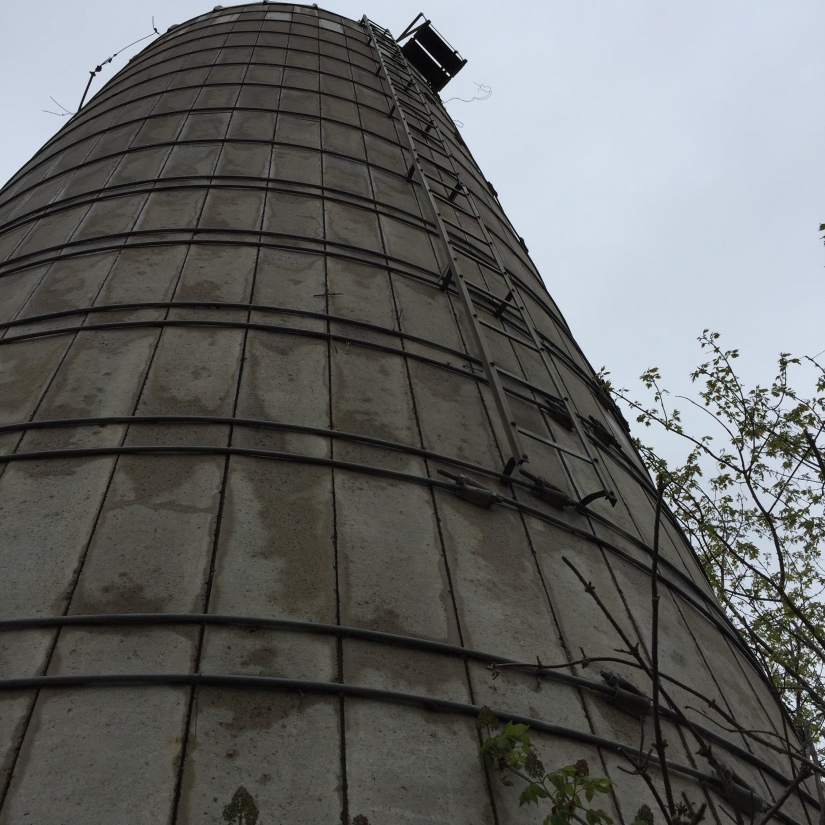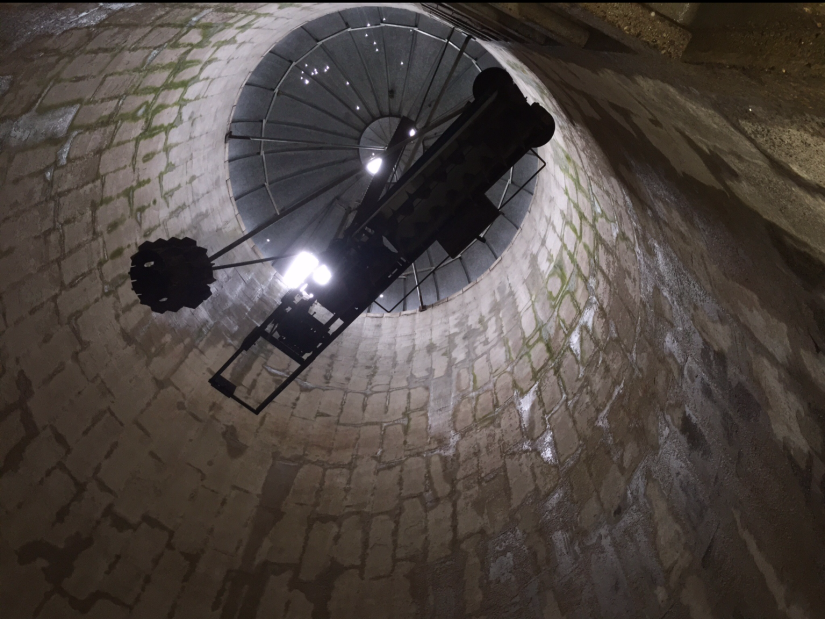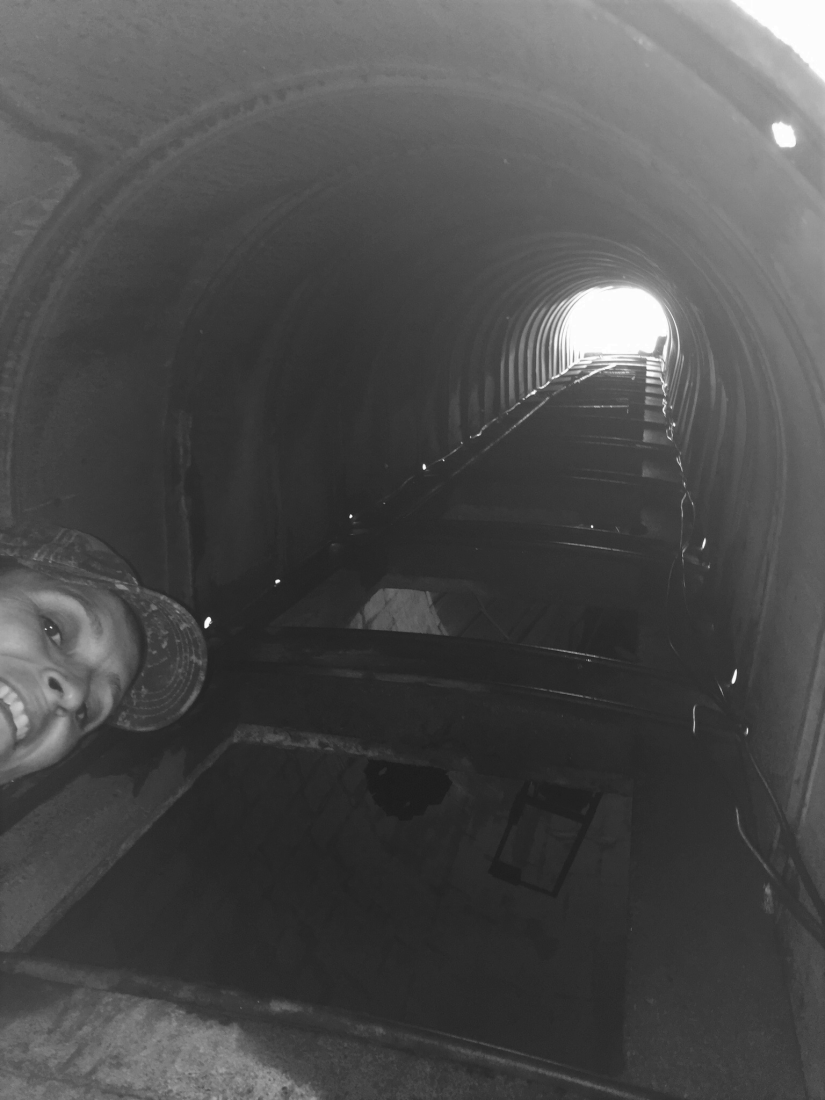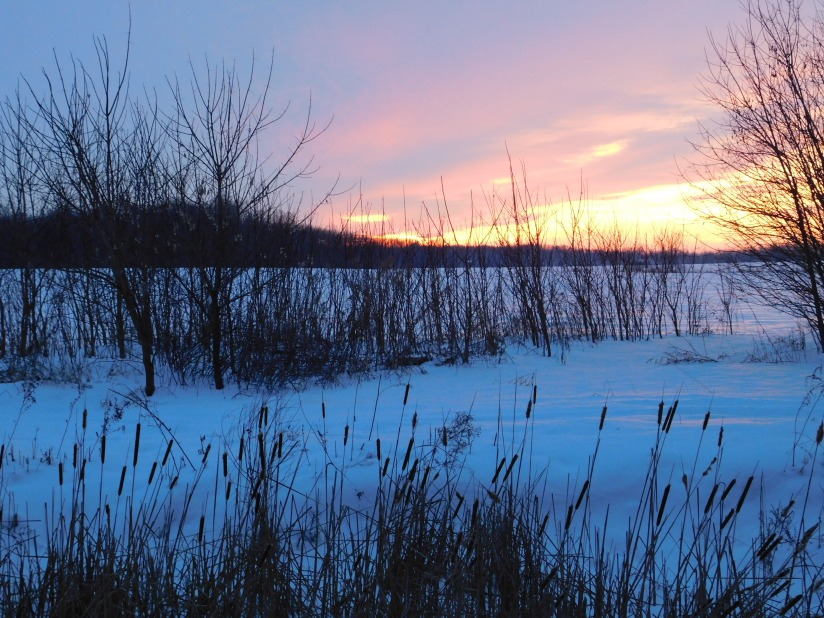
One touch of nature makes the whole world kin”
– William Shakespeare
During the hustle and bustle of unpacking, repairing and painting, I managed to take time to stop and ‘smell the roses’. I found myself running for my camera each time I’d see something new. You don’t see these kinds of creatures in the suburbs so I felt the need to capture these sightings from our first days here.
I made a sort of timeline of each animal, insect, fruit, and flower I photographed.
» » » » May 1, 2016
The Marsh Marigold or Kingcup (Caltha Palustris) is a beautiful sight in early spring. The ravine is still mostly colorless when this happy plant is in bloom. Don’t eat it though! The juices from it can cause serious gastric illness and even dizziness, fainting, and vomiting!! Better admired from a distance, I guess. 🙂
» » » » May 11, 2016
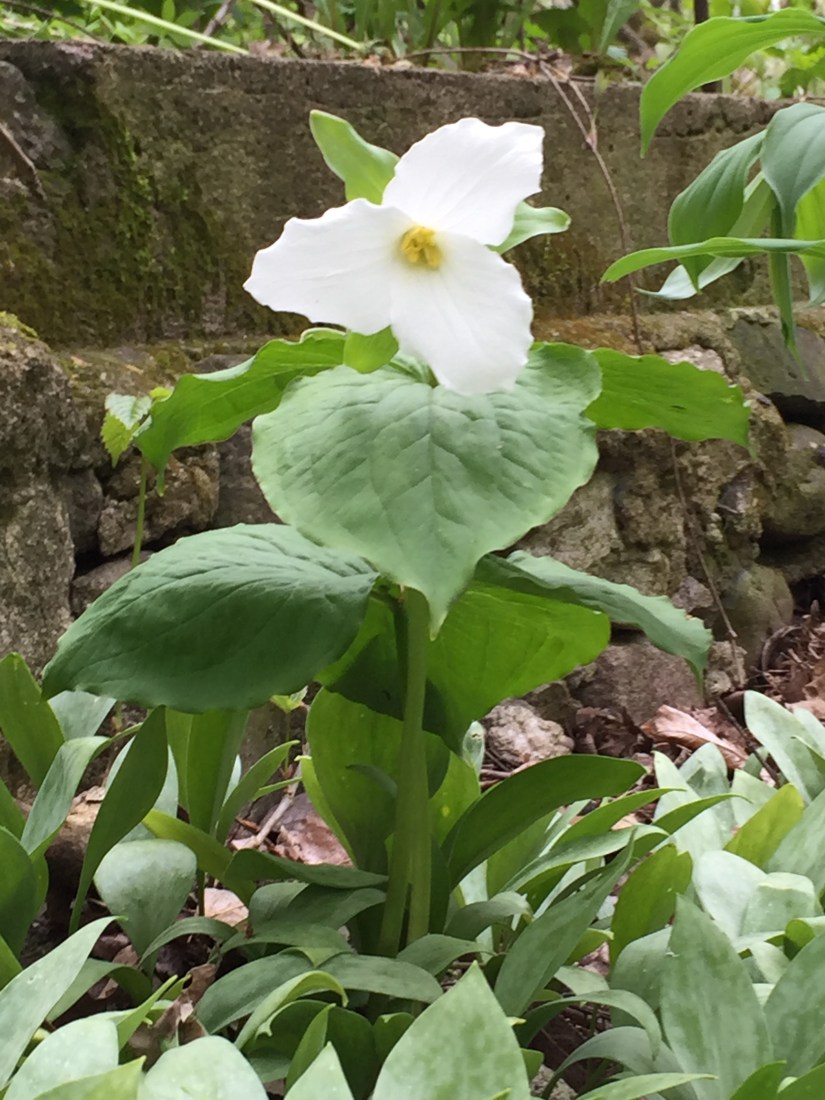
The White Trillium (Trillium Grandiflorum) is considered a threatened plant in parts of North America. It is such a beautiful specimen that it’s very popular with trillium gardeners. The problem is that this flower is a slow-grower requiring a double dormancy or two years to bloom from seed. Therefore, nurseries have resorted to collecting these plants from the wild. Heavy collecting combined with other habitat destruction may endanger these plants in some areas. It is also a favorite treat for Whitetail Deer. From all I’ve read on this gorgeous flower, it is better left in the wild for us (and the deer) to enjoy.
» » » » June 11, 2016
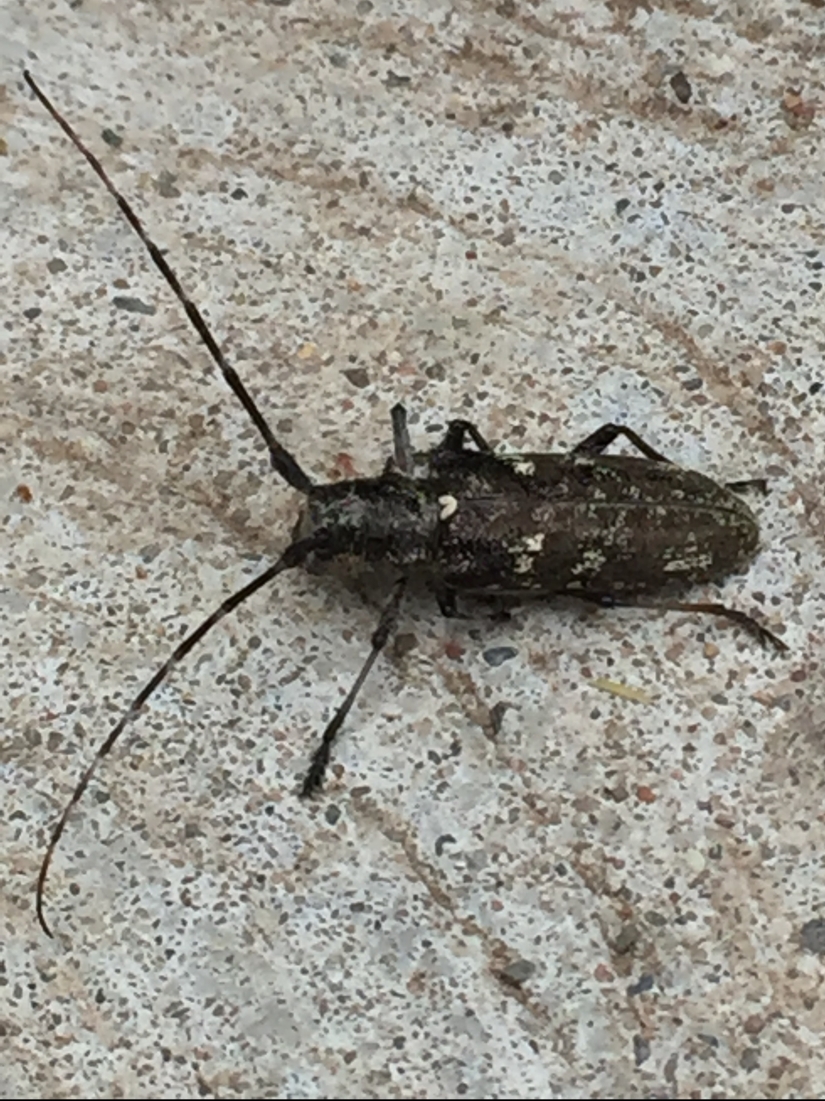
The Asian Longhorn Beetle, which was first discovered in the United States in 1996, is native to China, Korea, and Japan. It was accidentally introduced into North America by way of infested solid wood packing material used in shipping goods to the U.S. It likes to bore into the wood of Maple, Poplar, Willow, and Elm trees.
Not the bug you want around your trees. We’ll squash these when we see them from now on. 🙂
» » » » June 17, 2016
Sorry the pictures aren’t that great but this is a real American Black Bear that wandered through our soybean field. He decided that 2:00 pm on a sunny afternoon in June would be a good time to dig for roots, bulbs and plants. He dug around in different spots then heard us and wandered back into the dense forest behind him and disappeared.
We saw one other Black Bear around Christmastime when we barely missed him with our car on a nearby highway. He must’ve been spooked out of hibernation since they usually enter their dens in October or November and don’t emerge again until spring. These bears can weigh up to 550 pounds for males and smaller, 375 pounds, for females. The biggest American Black Bear ever recorded was approximately 1100 pounds!
It was fun (and a little scary) to see the bear so close but I really hope we don’t see one this close in the future.
» » » » June 18, 2016
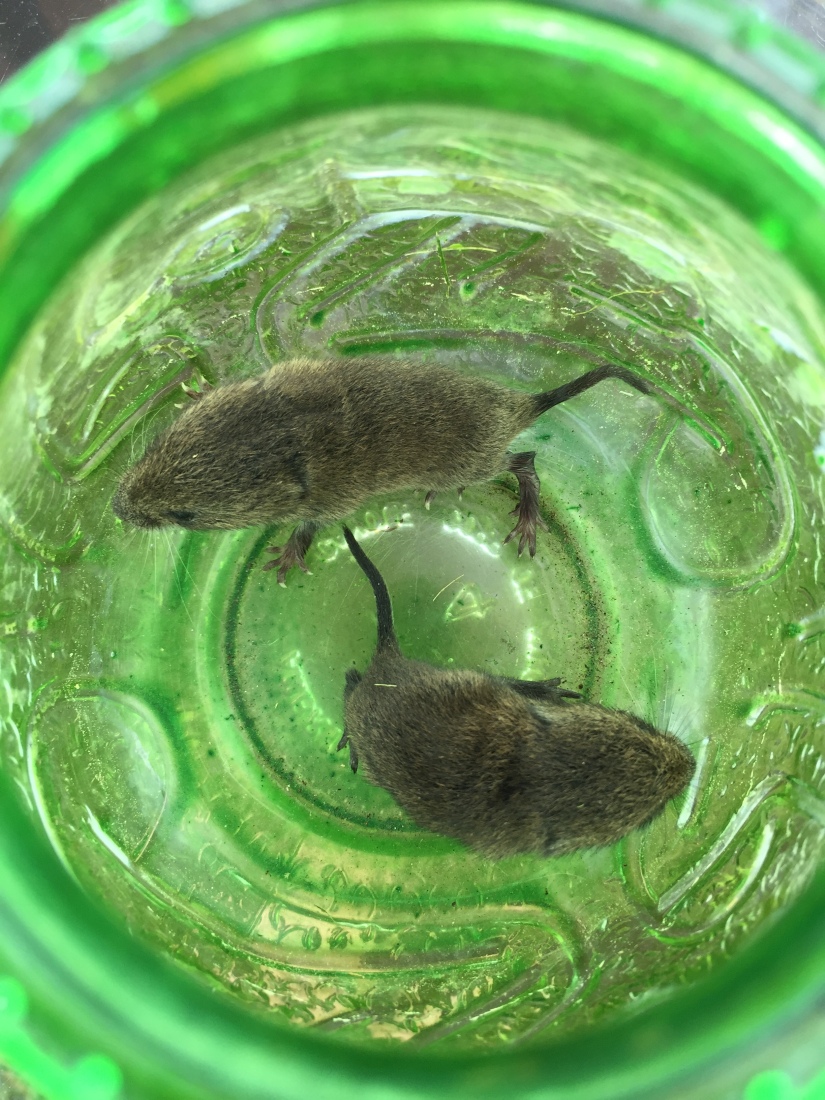
When using the riding mower, I saw many of these Voles. They would scurry from their nests as the mower got near them. The dogs, Tikka, Lucy, and Remington, would be waiting with excitement as the voles would scatter. It was a fun game for them, but not the Voles! Having exceptional burrowing and tunneling abilities they are very capable of destroying lawns and gardens. Hopefully the barn cats, Cheech and Chong, will help us keep their numbers down.
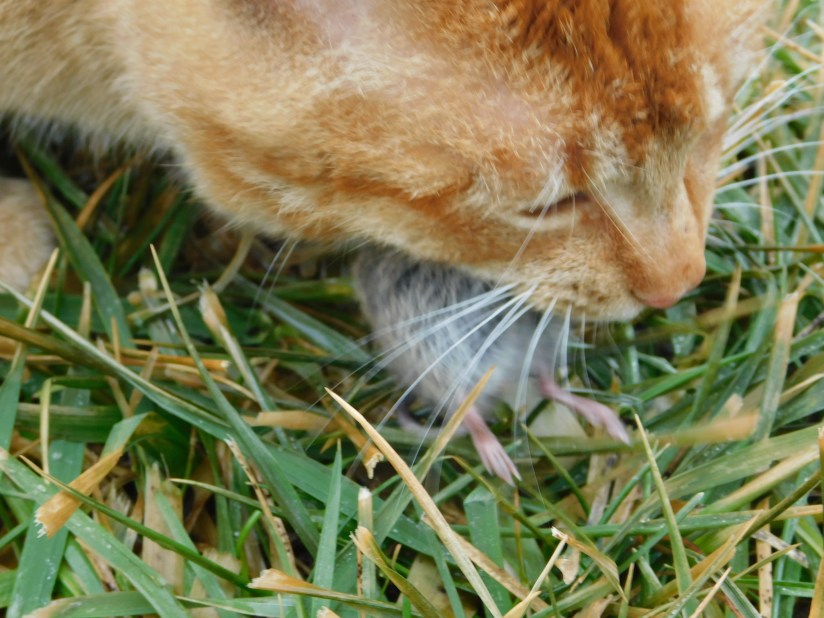
» » » » July 8, 2016
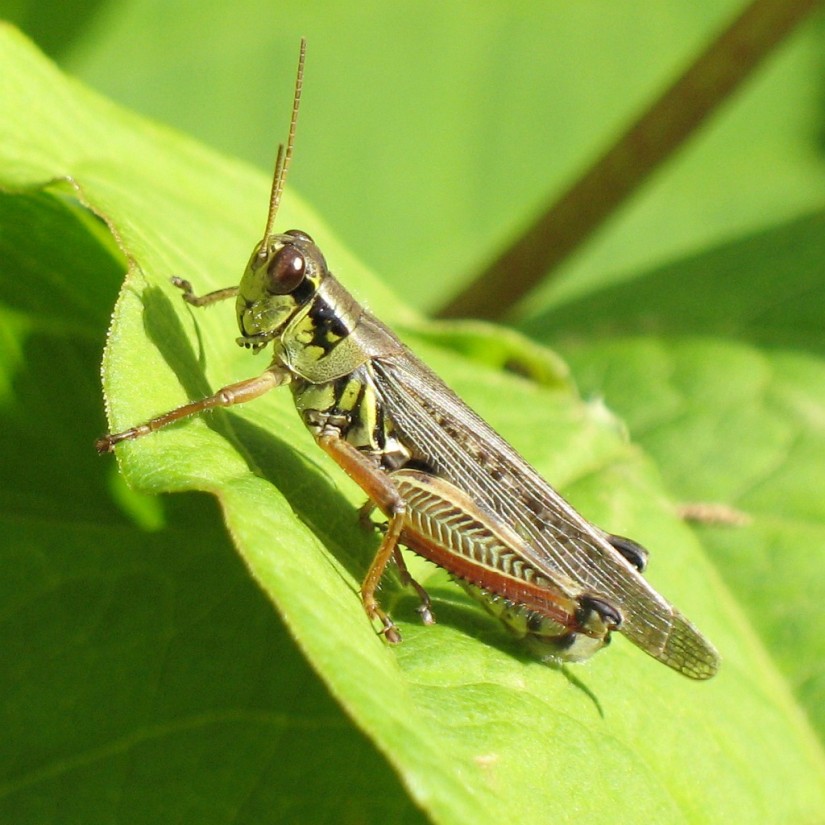
The Spur-Throated Grasshopper (Melanoplus) is a crop destroyer. They are the most common grasshopper in the Midwest U.S. and they eat just about anything. Research is being done to develop a deliberate fungal infection to eradicate its destructive numbers.
We saw many, many of these during the hot summer months. They scatter as you walk through. Not a good bug, we’ll have to try to step on more of these this summer.
» » » » July 24, 2016
The Hermit Flower Beetle (Osmoderma) is NOT a pest like others we have seen. The grub of this beetle takes advantage of damaged, rotting wood. It actually helps dying trees to decompose and is not the cause of the decline of trees. When we see this beetle we’ll just let it be since we have a forest with many dying and dead trees. We can use the help of the Hermit Flower Beetle!
» » » » July 28, 2016
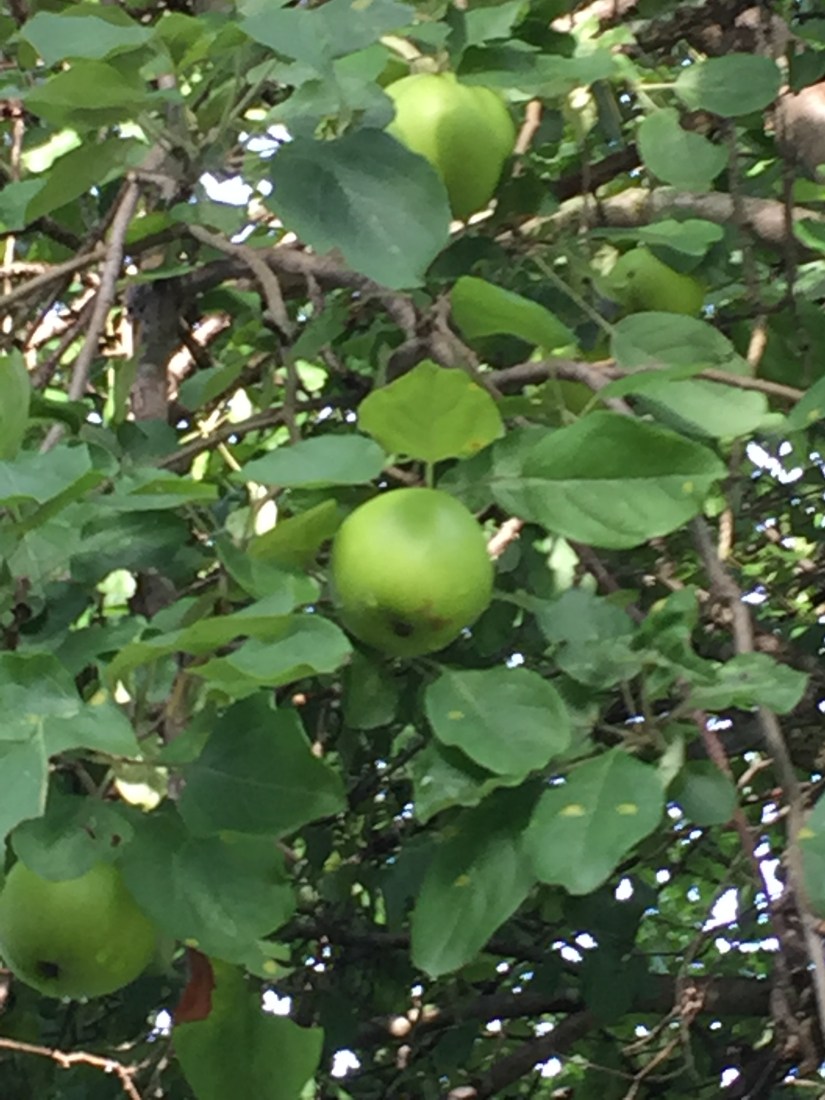
Picking apples in the apple orchard was a favorite thing to do with my mom and dad in the fall. I was surprised to see that our apple tree in the back yard started dropping its ripe apples from the end of July to the first weeks of August. They are a sweet, crisp, slightly tart apple. Perfect for baking! I was able to make apple crisp one time. I peeled, cored, and sliced many, many apples and froze them for later use. However, an accident with the freezer (door was left ajar) caused its contents to thaw and all of the bags of frozen apples turned brown and had to be thrown out. I am ready for this year’s crop and plan to vacuum seal them. Floating the apple slices in a light salt water brine helps keep the flesh from turning brown while you’re getting them ready to freeze.
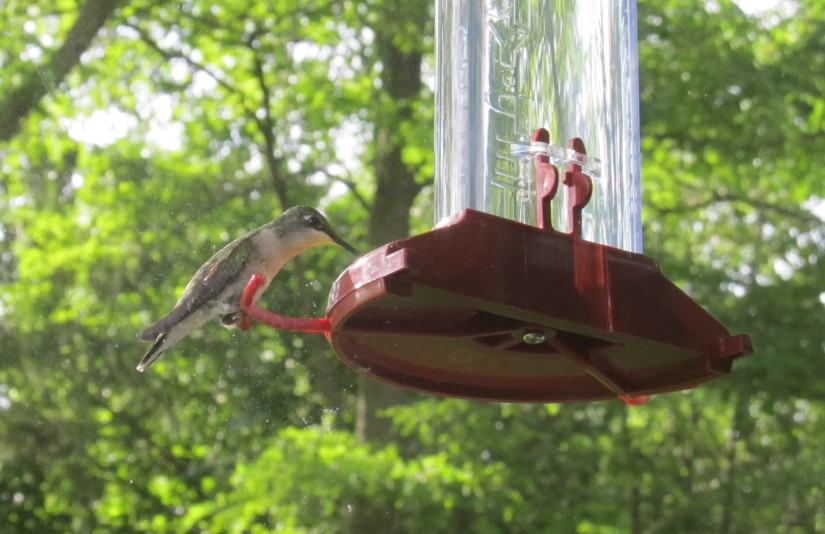
The hummingbirds were such a surprise for us throughout our first summer here on the farm. They came in numbers, draining a whole feeder in just a few days. They could be heard chirping and arguing with each other and were quite fun to watch. For such a tiny bird, they have a lot of aggression! I witnessed a battle where they pummeled each other to the ground! This year I plan to make hummingbird feeder hats/helmets and if you stay very still….
You’ll get to hold a hummingbird…
» » » » August 2 & 4, 2016
The Wood Frog (left) is found in forested areas near water. It has an amazing ability: In the late fall it burrows under leaves on the forest floor in preparation for wintertime. It stops breathing, the heart stops beating, and ice crystals form in its body. A special ‘antifreeze’ they produce keeps the liquids within their cells from freezing completely and killing them. Even their fertilized eggs survive the cold temperatures of our Minnesota winters. Then, when warmer weather comes with spring, as they thaw out, their hearts begin to beat and they breathe again. Brought back to life just as we are in spring!
The Gray Tree Froglet on the right also possesses this unusual talent of partially freezing during the winter. Added to that, this frog has the ability to change colors from partially or fully gray or green to creamy white. It also has pads (like little suction cups) on its toes that allow it to climb on leaves, branches, or even the side of a house. This little guy was trying to hide on the edge of a can of white paint.
Since frogs eat a lot of insects including flies, mosquitoes, and moths, they are welcome on our farm.
» » » » August 20, 2016
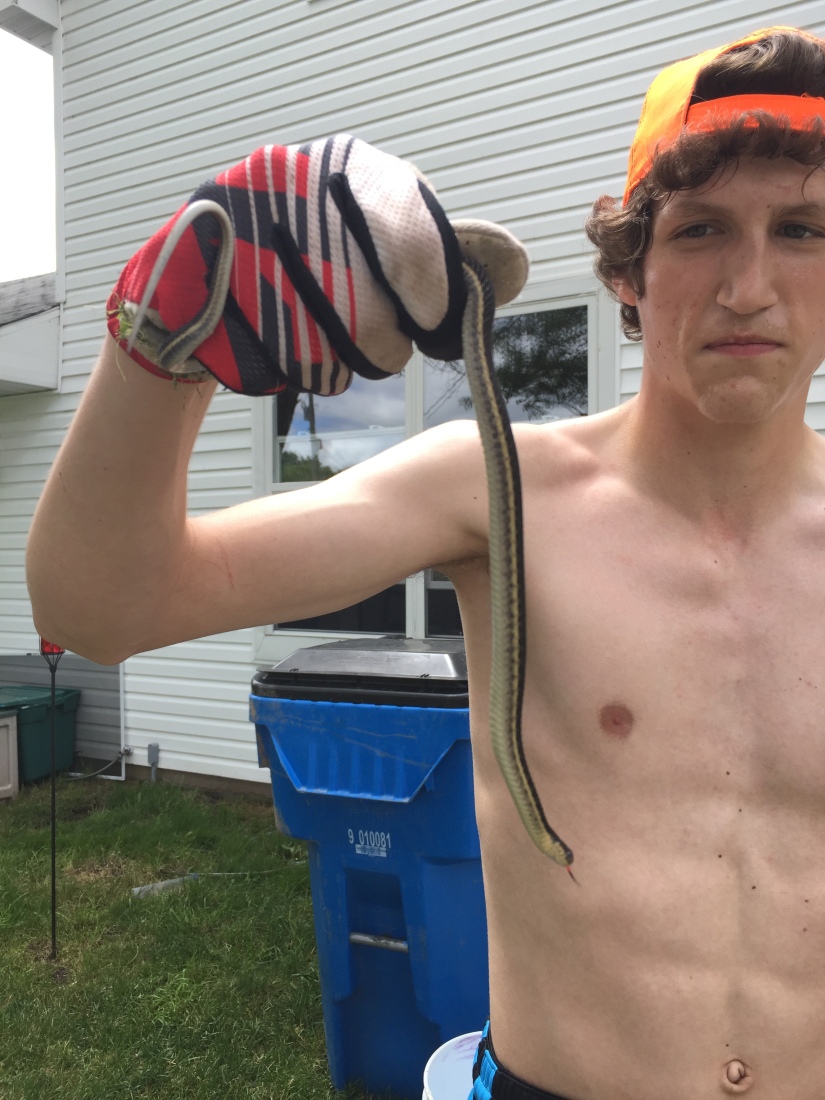
The common Garter Snake (Thamnophis Sirtalis) can reach a size of up to 3 feet in length. When we see snakes, for some of us, it is not a pleasant experience. Since Garter Snakes eat frogs, small mammals, and insects, we’ll tolerate them. I won’t be picking them up since they do have small ‘teeth’ or fangs as I like to call them. Although there aren’t venomous, I’ll keep my distance.
» » » » August 30, 2016
The Orange Jewelweed (Impatiens Carpensis) or Touch-Me-Not has an interesting way or propagating itself. The seedpods have projectile seeds which explode out of the pods when lightly touched. Also, native Americans traditionally use the juices of the leaves and stems as a remedy for skin rashes including Poison Ivy. Finally a flower we can touch!!
» » » » August 14, 2016
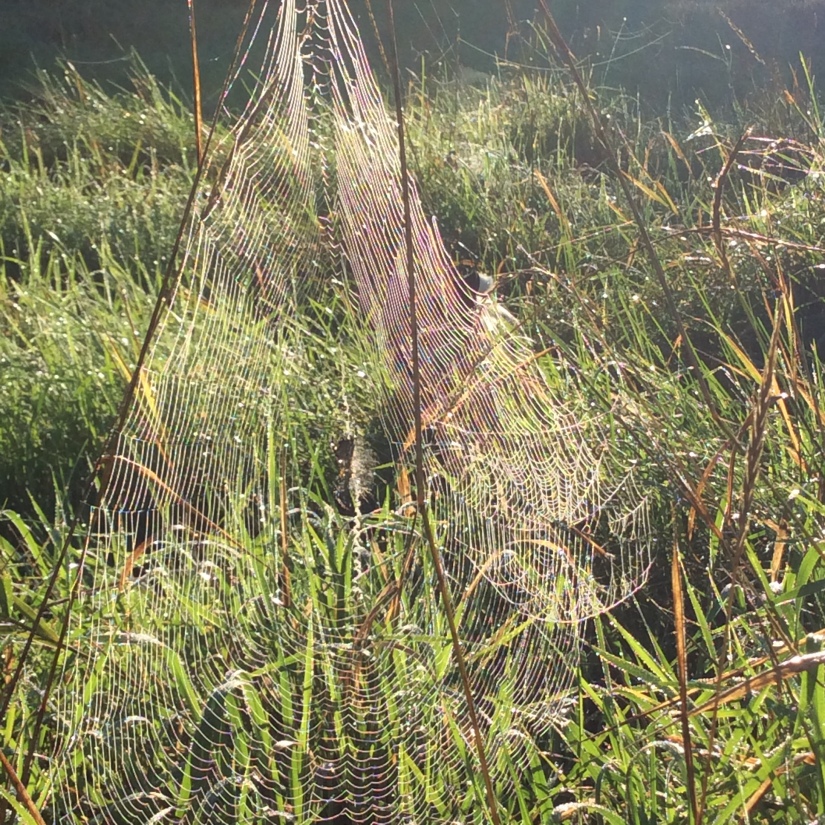

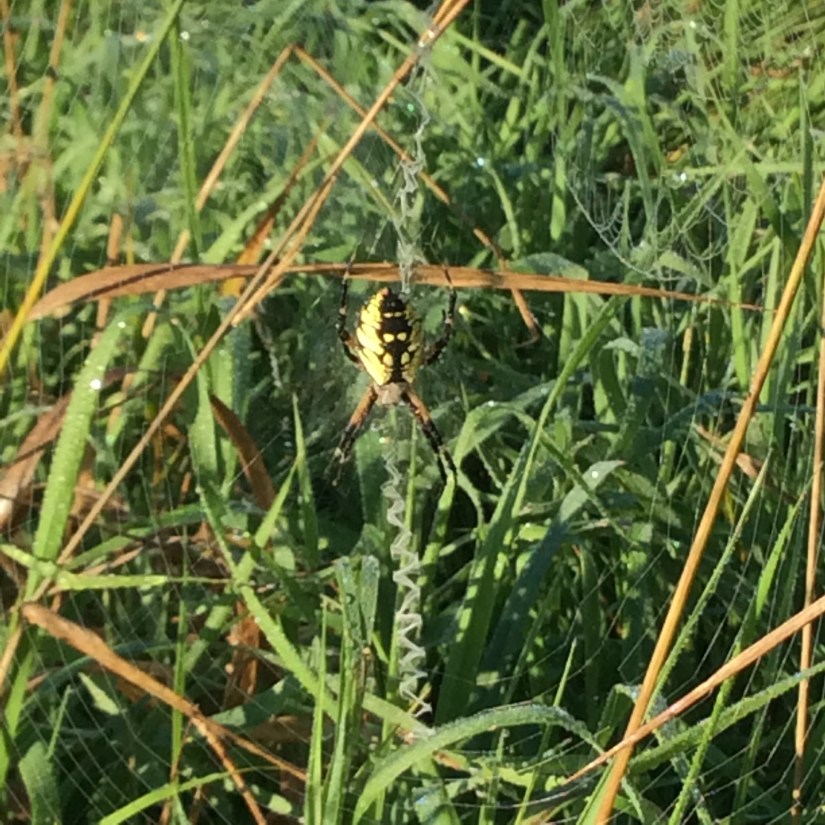
This Yellow Garden Spider (Argiope Aurantia) made its giant, intricate web in our pasture field. When the sun rose, the dew-covered web lit up, the droplets accentuating each little thread in this beauty. Remington spotted it and sounded the alarm. I was in the barn and came out to find him barking at this web. It was at least 2 feet tall and had the constructor poised and ready in the middle.
The Yellow Garden Spider will bite if you try to grab it (not that I would ever dream of such a foolish thing) and the venom can cause redness and swelling similar to a bee sting. Great!
They eat lots of bugs, yada, yada. I guess they’re an asset in ONE way.
» » » » August 18, 2016
These Whitetail Deer were a pleasant surprise one morning as I was enjoying my morning coffee. This doe and her fawn were cautious but still walked through the yard just feet from our living room window.
» » » » September 29-October 8, 2016
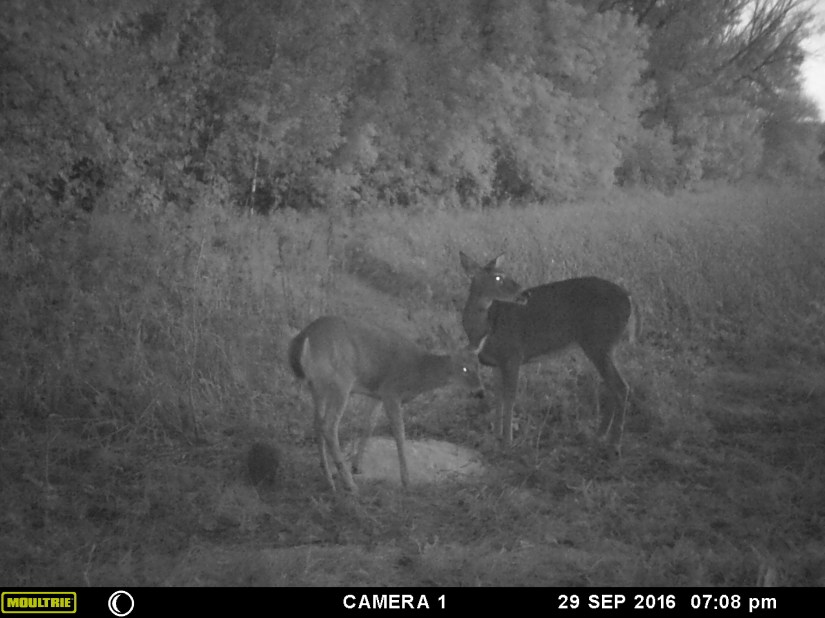
In the fall we set up a trail camera on a tree near the back corner of our property. We placed a deer feed block where the camera could capture any visitors. There were a number of deer that frequented the feed block. Besides the deer there were crows, Blue Jays, squirrels, chipmunks, raccoons, fox, and a coyote. Unfortunately, I lost the pics of the coons and fox to a corrupt storage disk but here are some good ones of the deer and coyote.
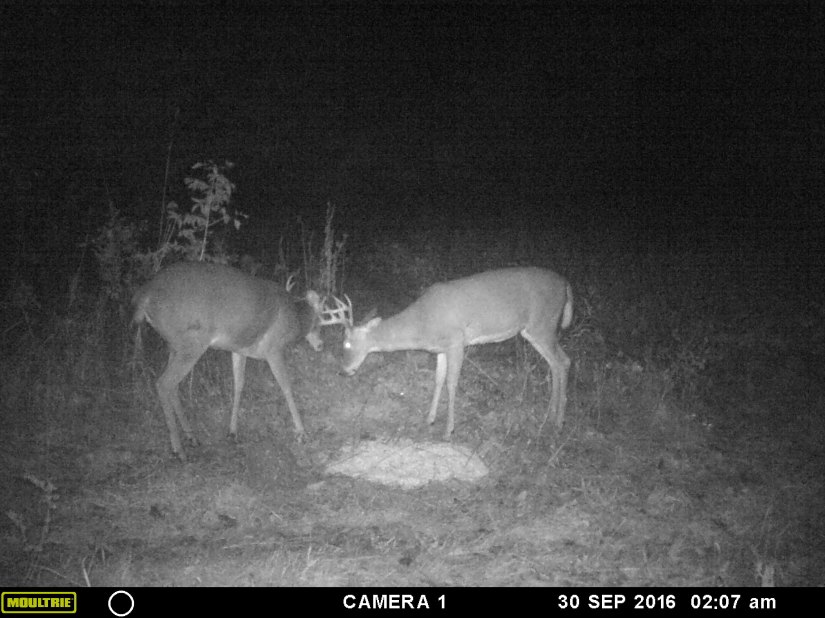
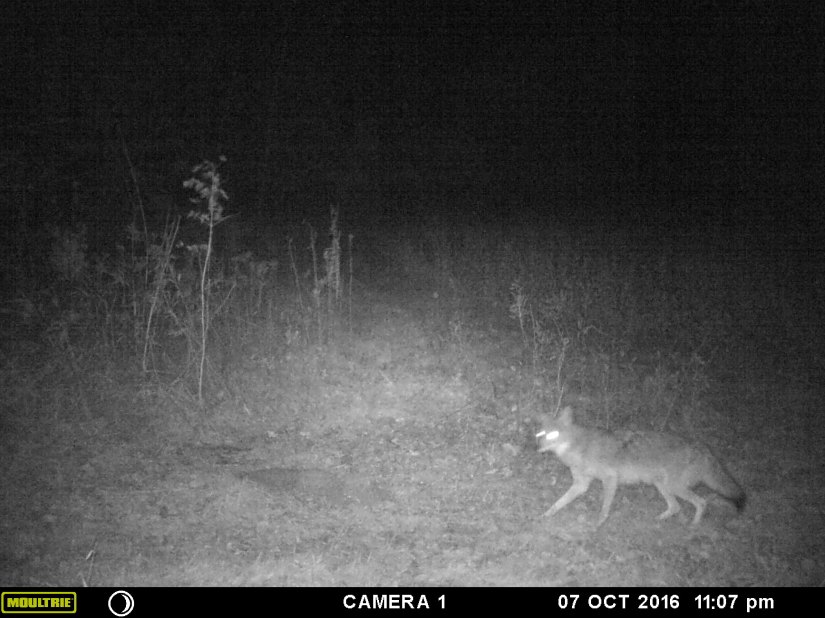
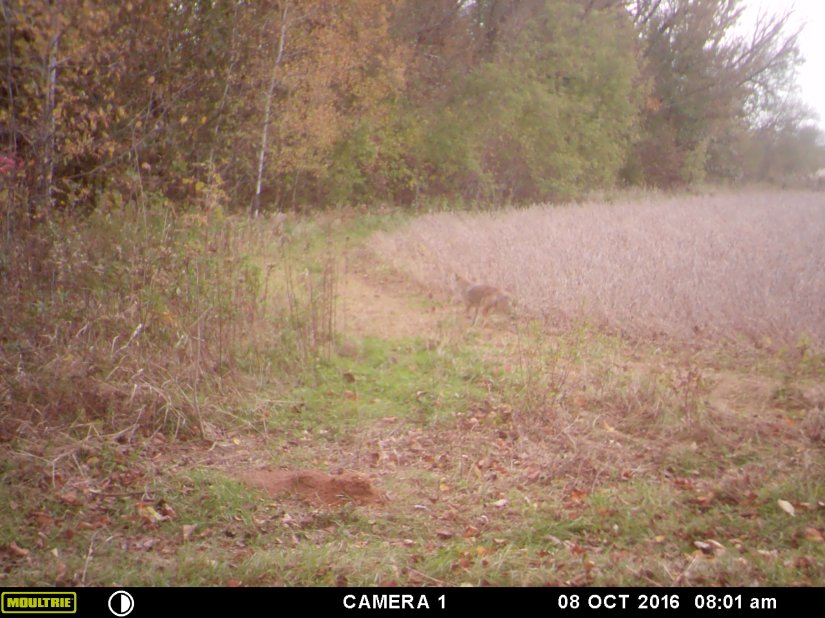
» » » » December 28, 2016
We bought Andrew a large live trap for Christmas. With a little bait and a couple of days’ wait, this beautiful creature was caught. With the live trap we can get an up-close look at some of the animals that inhabit our land without harming them.
Besides being scared this Fisher was released, moments after this picture was taken, unharmed.
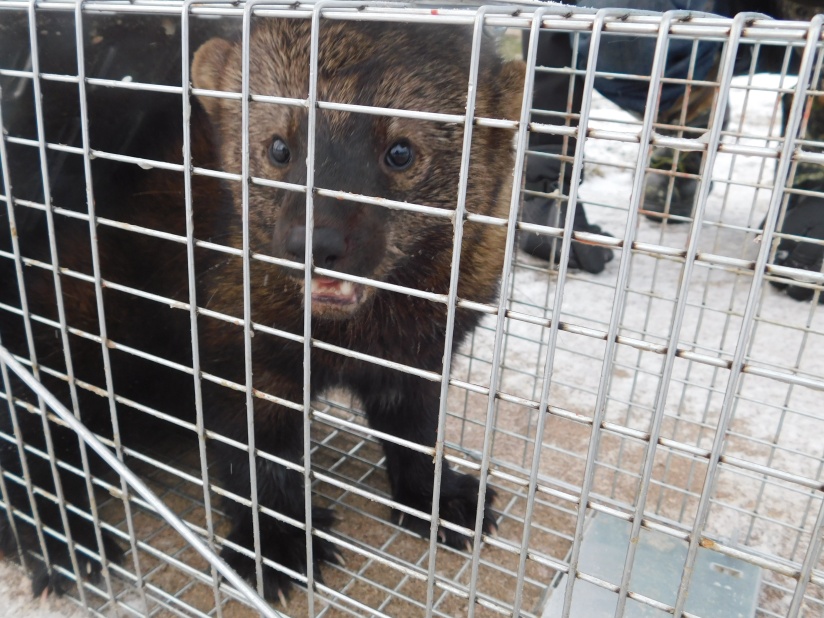
The Fisher (closely related to the Marten) can be as large as 18 pounds and up to 4 feet long including its tail. It is a solitary hunter whose territory can span from 50 to 150 miles. Unless it is an expectant mother, the Fisher does not have a regular den. A hollow log or old squirrel or hawk nest will be used for short periods of time. During warmer weather they sleep on large tree branches high off the ground. Heavy trapping in earlier years almost completely eliminated the Fisher in Minnesota and parts of its Canadian territories. It was once called the American sable because of its luxurious fur.
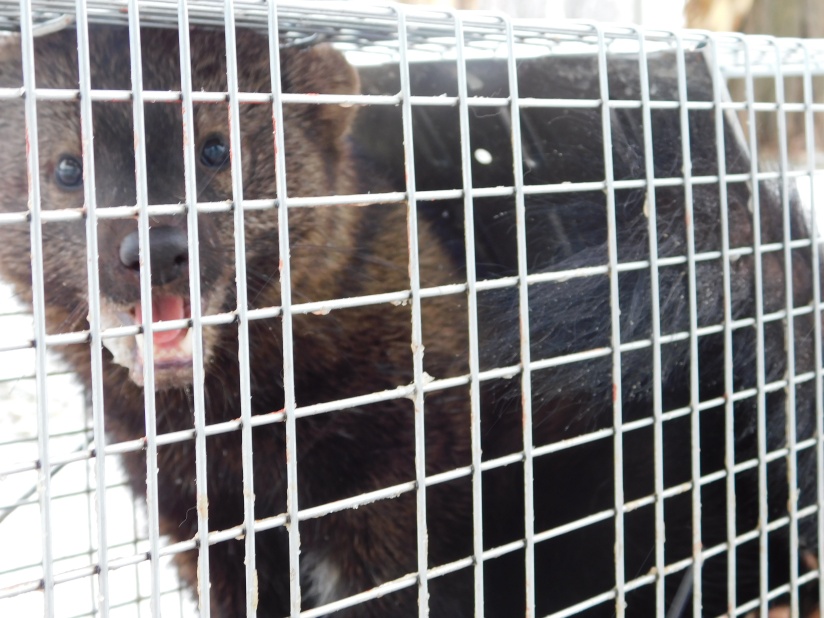
The name ‘Fisher’ is a misnomer since they do not fish. It may have been confused with a smaller relative, the mink. The Fisher’s favorite prey are large hares and porcupines but it will eat other smaller mammals such as chipmunks and squirrels. Less often, nuts, berries, and eggs are part of their diet. They are one of the few animals who will seek out porcupines. They have the knack of killing a porcupine with little or no injury to itself. It is thought that they turn porcupines over to expose their bellies and disembowel them with their sharp, retractable claws.
![IMG_2742[1].PNG](https://farmer-nancy.com/wp-content/uploads/2017/03/img_27421.png?w=825)
Definitely a rare find and we felt a little bad for scaring it, but since they like to raid chicken coops, it may have been beneficial to us. So long Fisher may you live a long and happy Fisher life!
» » » » January 7, 2017
We have a pole with multiple feeders in front of the manmade pond in the back yard. Cheech and Chong enjoy trying their skills in an old Ash tree overlooking the feeder. Sometimes they get lucky but mostly they have failure after failure as the birds have outwitted them time and time again.


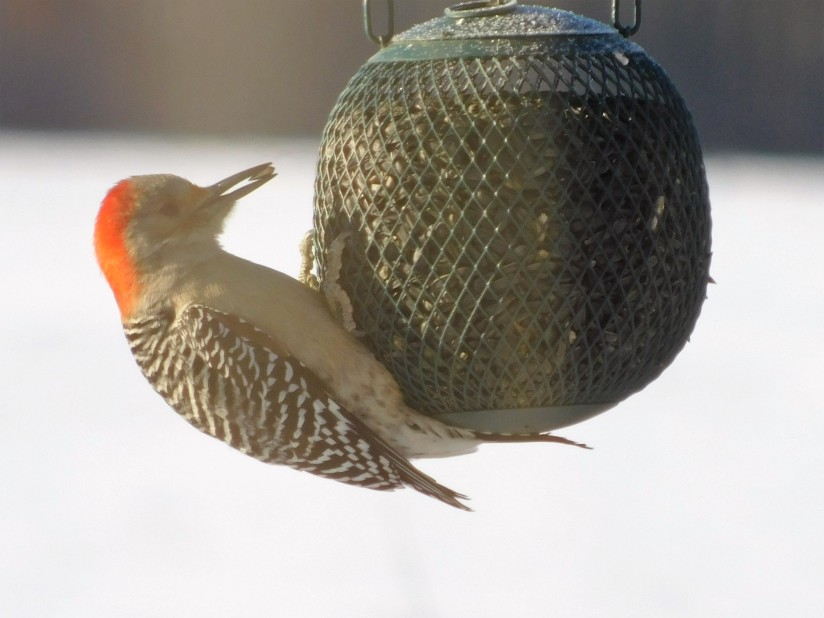
These two species of Woodpeckers, the Hairy Woodpecker and the Red-Bellied Woodpecker are a common sight at the feeder. We’ve mostly kept our feeders full of black oil sunflower seeds. They all seem to love it! Below is a picture of a Pileated Woodpecker that I borrowed from Wikipedia.com.
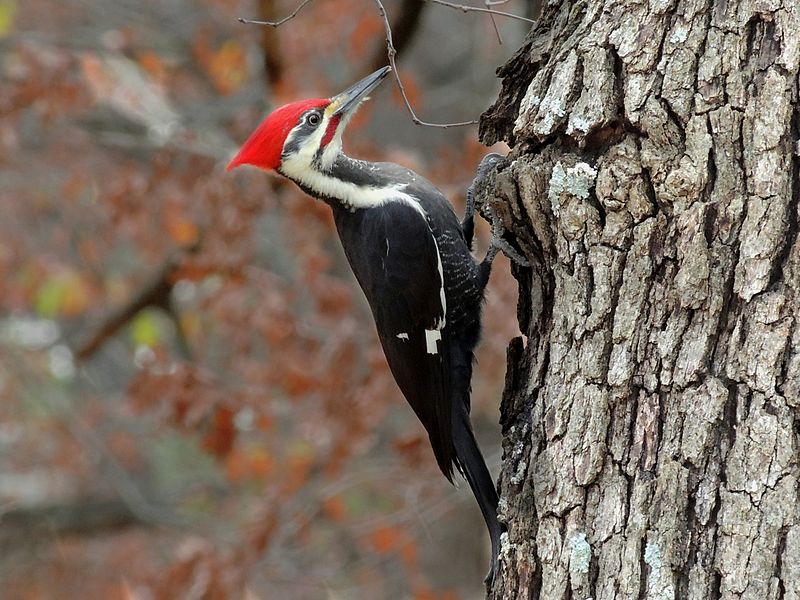
Although we see a lot (and hear even more) of them, they manage to stay out of my camera’s viewfinder as they are a very cautious bird. They can be as large as 10 inches tall with a 30 inch wingspan. I once spotted this large bird swinging from the bottom of our small feeder. These and the smaller species of woodpeckers make short work of a dead tree!
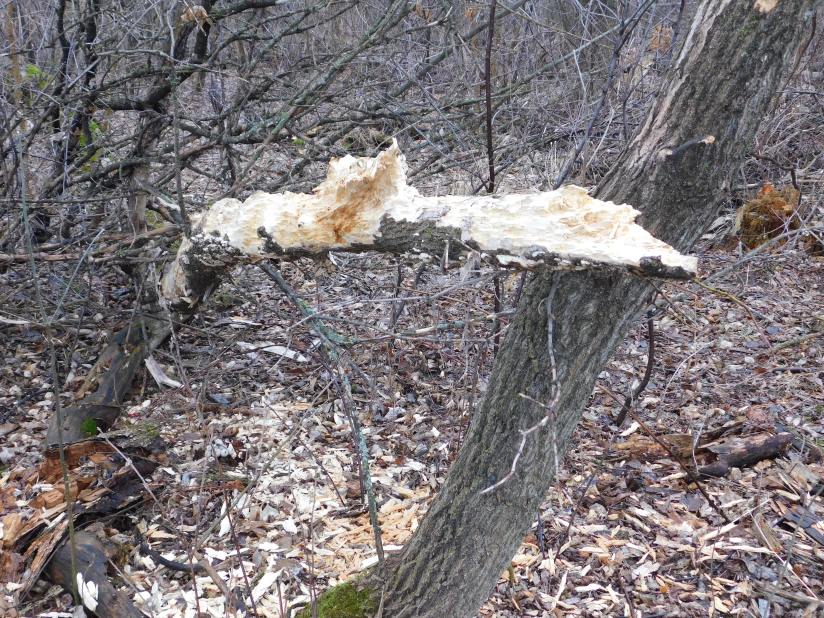
The two smaller woodpeckers do their share of pecking the trees but the pileated is the king of wood pecking around here. His work can be heard throughout whole forest.

The chickadee is a common sight from city to country. Even though you see them all the time, I still really enjoy these little black-capped birds. Their chicka-dee-dee-dees are always so fun to hear.
» » » » February 6, 2017
![IMG_2723[1]](https://farmer-nancy.com/wp-content/uploads/2017/03/img_27231.jpg?w=825)
These are the first deer we’ve seen on our land since last fall. They travel to thicker woods by the St. Croix River nearby. We just started seeing them again as bursts of warmer weather get them moving again.
» » » » February 18, 2017
This coyote trotted along the corn field next to the pond in the middle of the day. He kept looking behind him but still didn’t too terribly worried about us. It’s unnerving seeing one of these killers right in our backyard!

This Coyote trotted along the edge of the woods in the back yard and through the soybean field. We hear their yips and cries at night. Groups of them call back and forth to each other. One night, during a summer bonfire, we howled out to a group we could hear nearby and they called back. It was an eery feeling. Stories of these pack hunters’ killings are enough to keep a gun by the door. The less of them around, the better. Such a beautiful animal, despite its reputation.
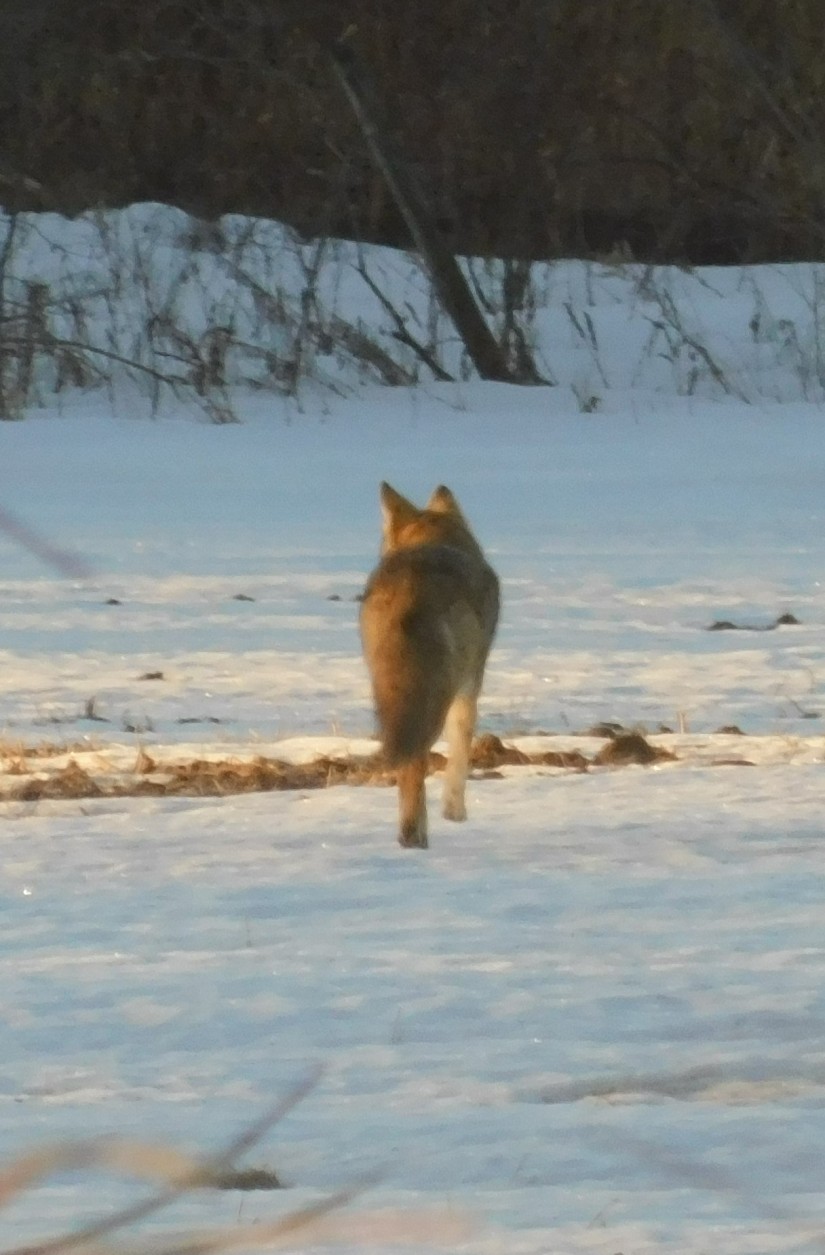
So far we’ve seen a lot of interesting and some downright rare animals. Some are good and some are pests and nuisances but they’re all part of this beautiful place we call home.
I’ll add to this timeline of wildlife as we go. With spring on the horizon we’re sure to see a lot more!
» » » » Our Big Sky

With our unobstructed view of the western horizon, we see a new and beautiful sunset almost every night! Here are some of my favorite sunsets, rainbows, and just plain beautiful skies…
